Cumplimos 1 Año en la agricultura comercial. / We have been in commercial agriculture for 1 year.
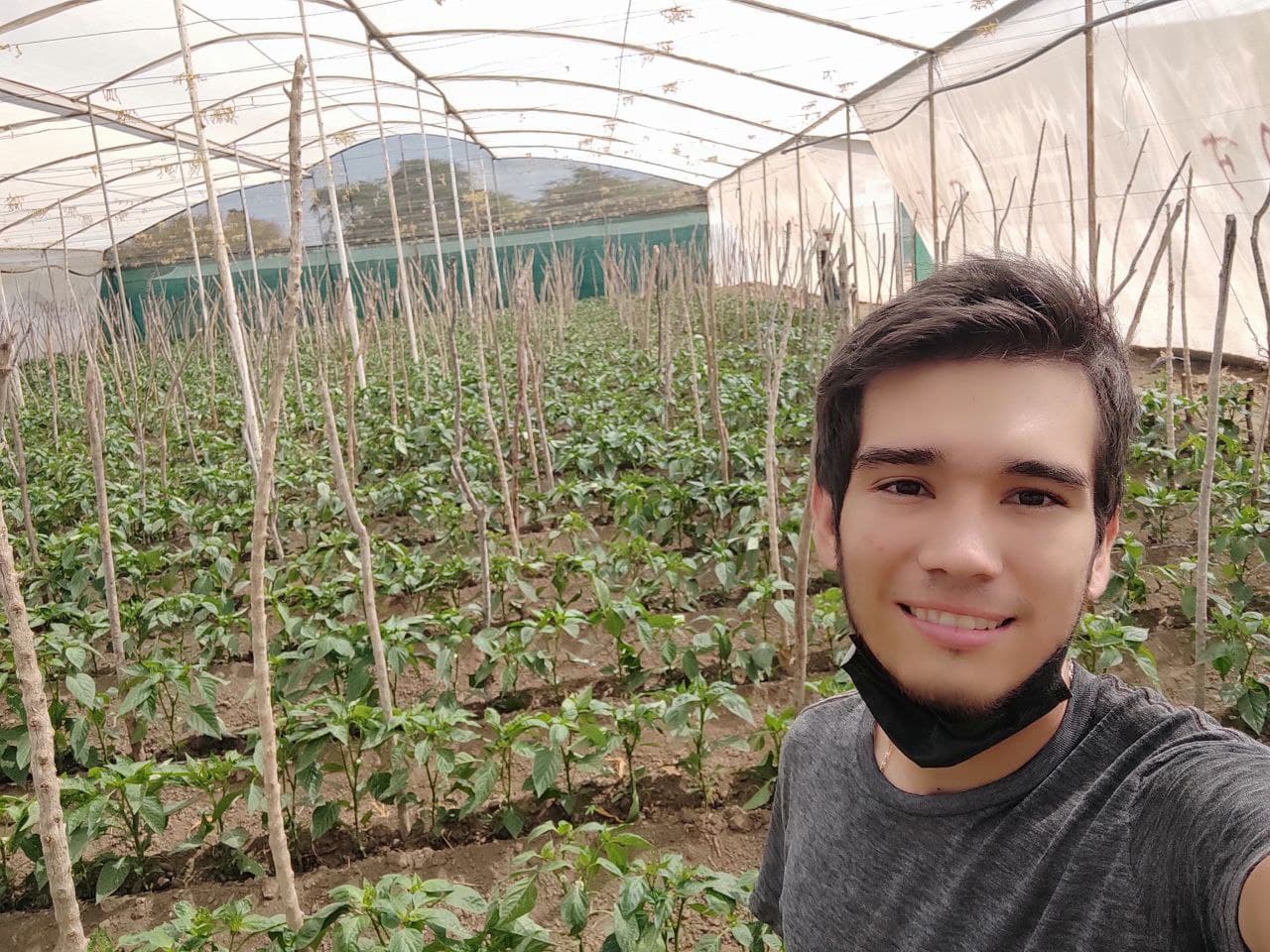
Hoy en horas de la mañana google pics me recordó que hoy se cumple 1 año desde que comenzamos en la agricultura comercial, este fue el día en el que inicialmente dimos el paso para el proyecto de los invernaderos, donde comenzamos nuestra primera cosecha con pimentón, luego al pasar de los meses nos expandimos con mas invernaderos y otros rubros, como tomate, cilantro y ají.
Aunque ya estábamos familiarizados con este mundo, pero no de manera comercial, teníamos conocimientos con cultivos de maíz, frijoles negros, piña (ya que mi padre en su juventud fue agricultor de estas frutas) y café, era muy distinto a las hortalizas y además de eso en un ambiente controlado como lo es un invernadero. Desde este día comenzamos con los planes, comprar insumos, mallas, venenos y abonos, sin saber muy bien que nos esperaba en el futuro y sin tener conocimientos sobre las plagas y enfermedades que afectaban a las plantas en la zona.
Aquí cambiamos de profesión, pasamos de la Ing. Eléctrica y la industria al campo, fue un cambio radical sobre todo para mi papa, que tenia mas de 20 años en la industria y en la atomización de maquinarias con materiales eléctricos.
Today in the morning google pics reminded me that today is 1 year since we started in commercial agriculture, this was the day when we initially took the step for the greenhouse project, where we started our first harvest with paprika, then as the months passed we expanded with more greenhouses and other crops, such as tomato, cilantro and chili.
Although we were already familiar with this world, but not in a commercial way, we had knowledge with corn, black beans, pineapple (since my father in his youth was a farmer of these fruits) and coffee, it was very different from vegetables and besides that in a controlled environment such as a greenhouse. From that day we started with the plans, buying inputs, nets, poisons and fertilizers, without knowing very well what was waiting for us in the future and without having knowledge about the pests and diseases that affected the plants in the area.
It was a radical change, especially for my father, who had more than 20 years in the industry and in the atomization of machinery with electrical materials.
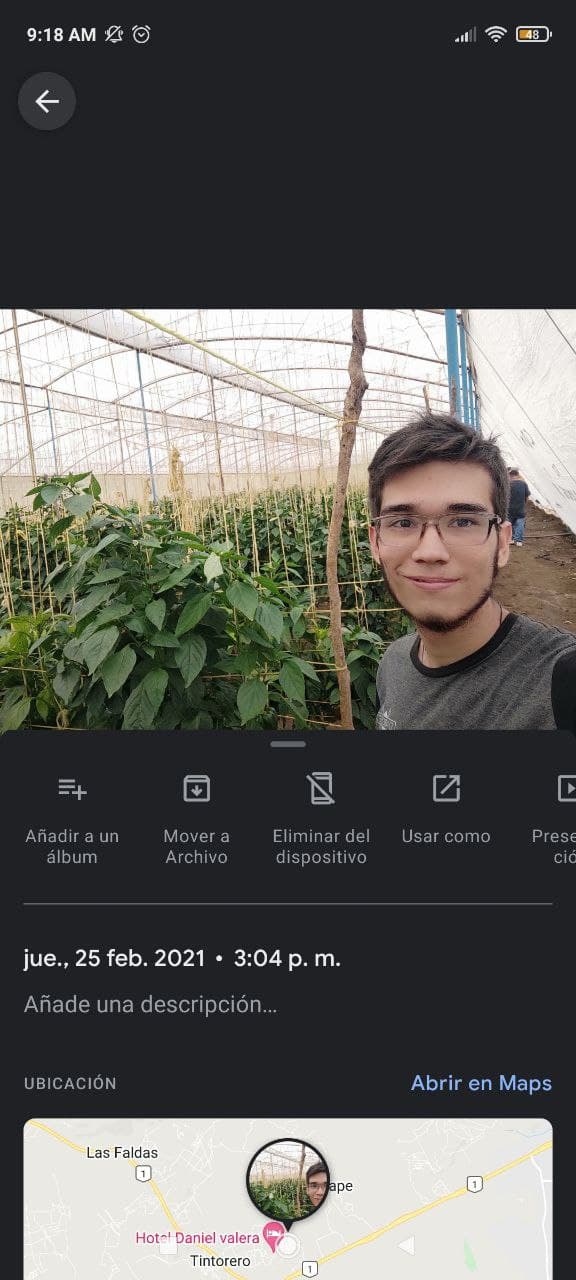
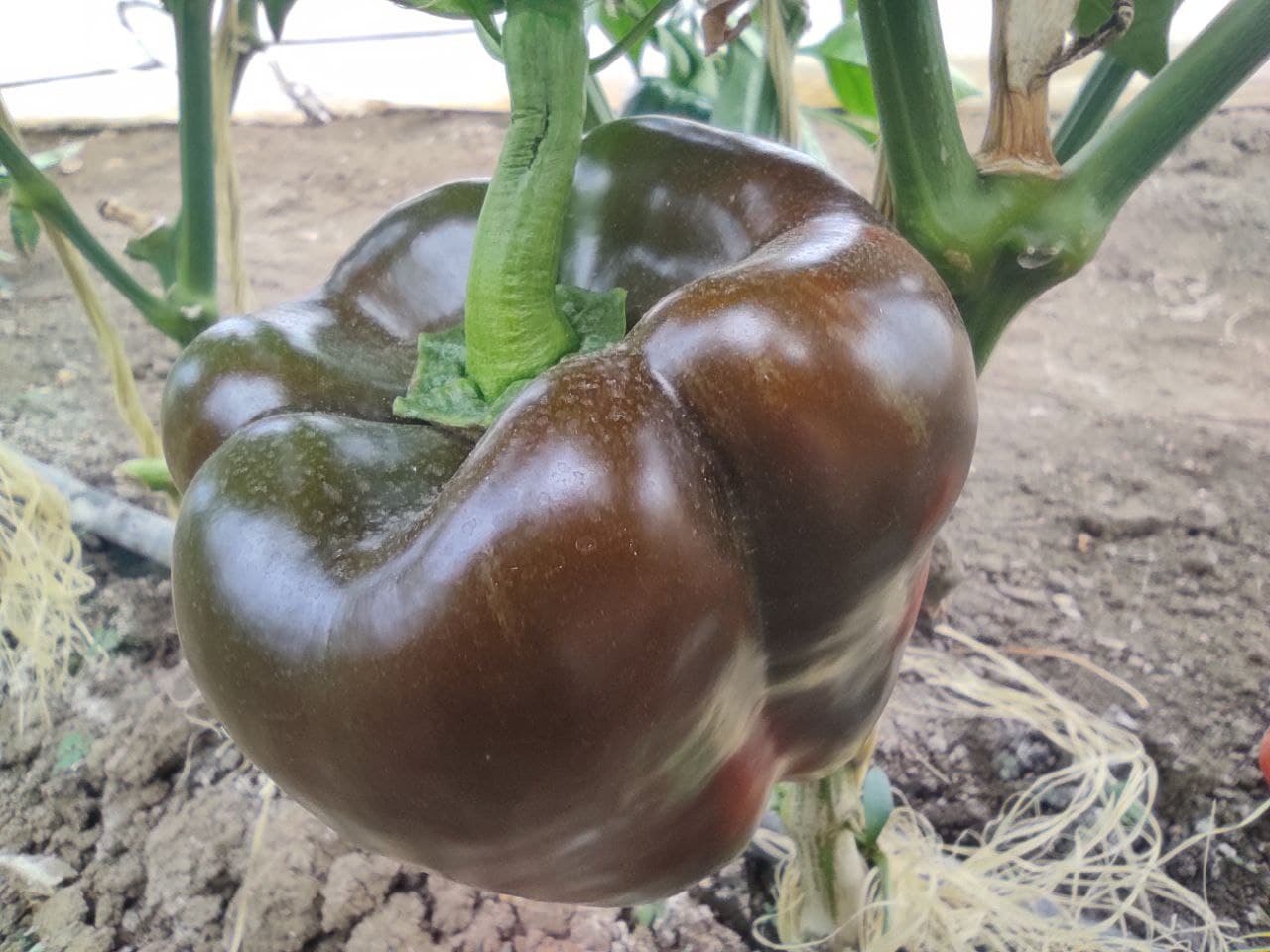
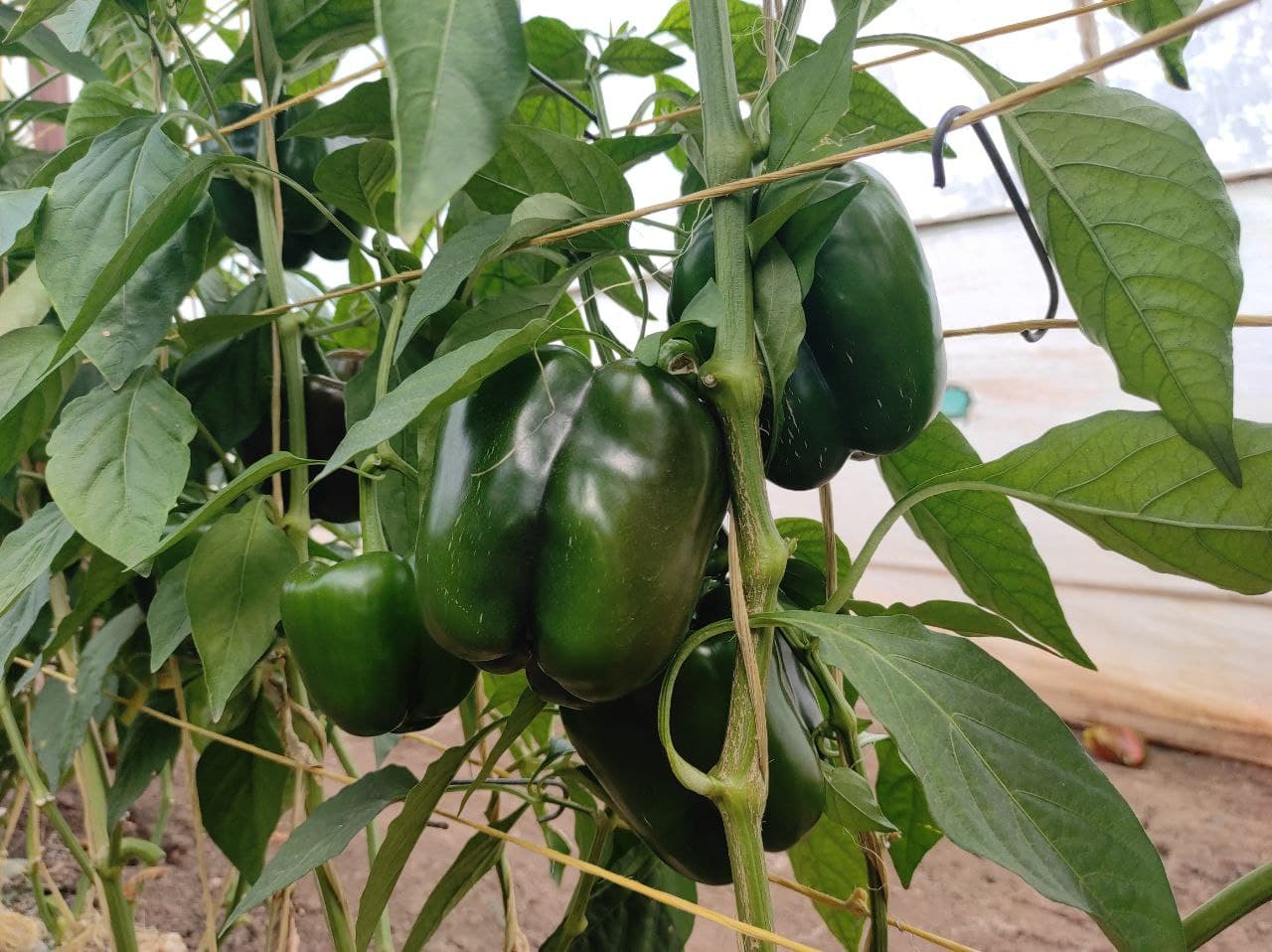
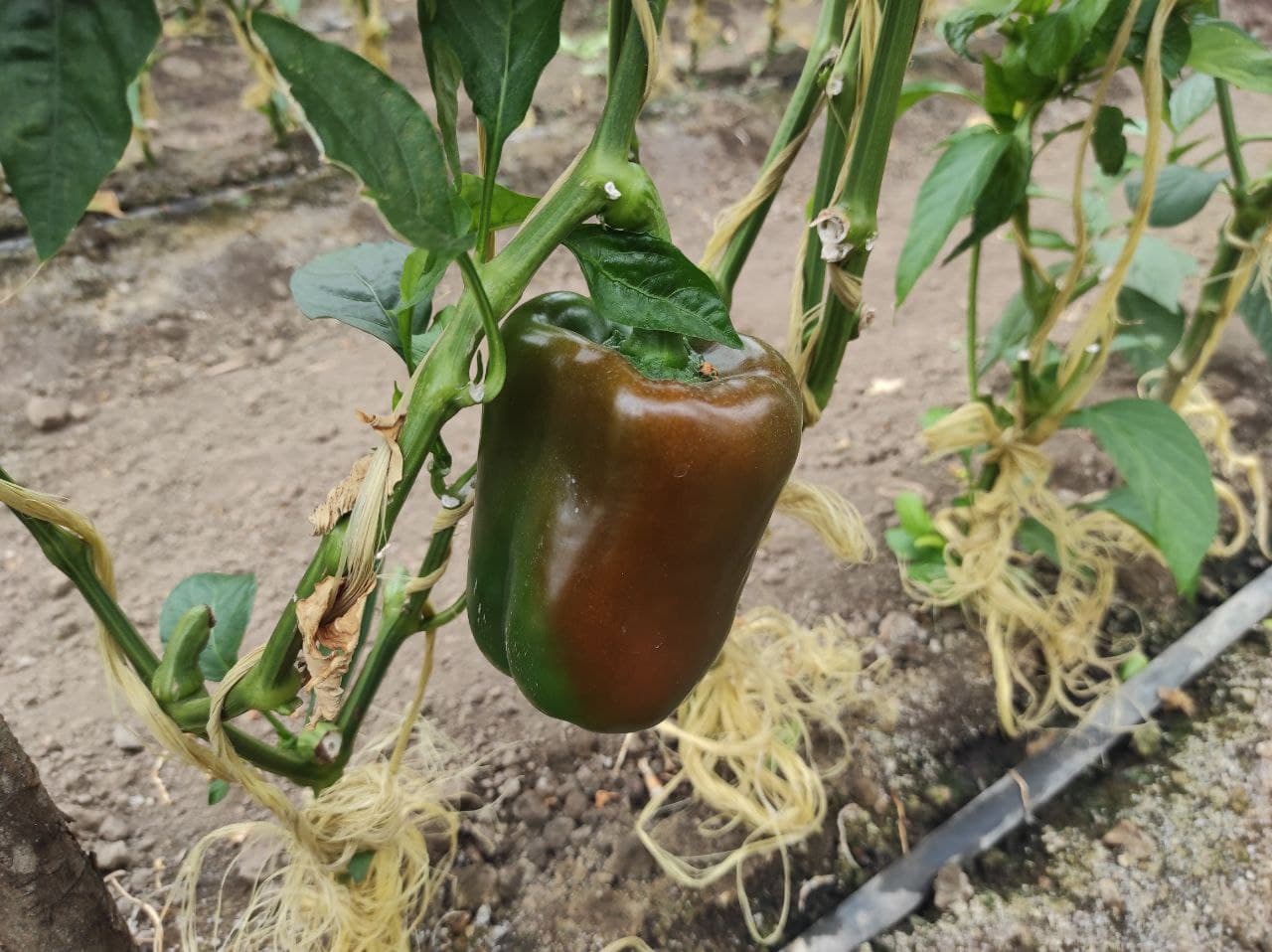
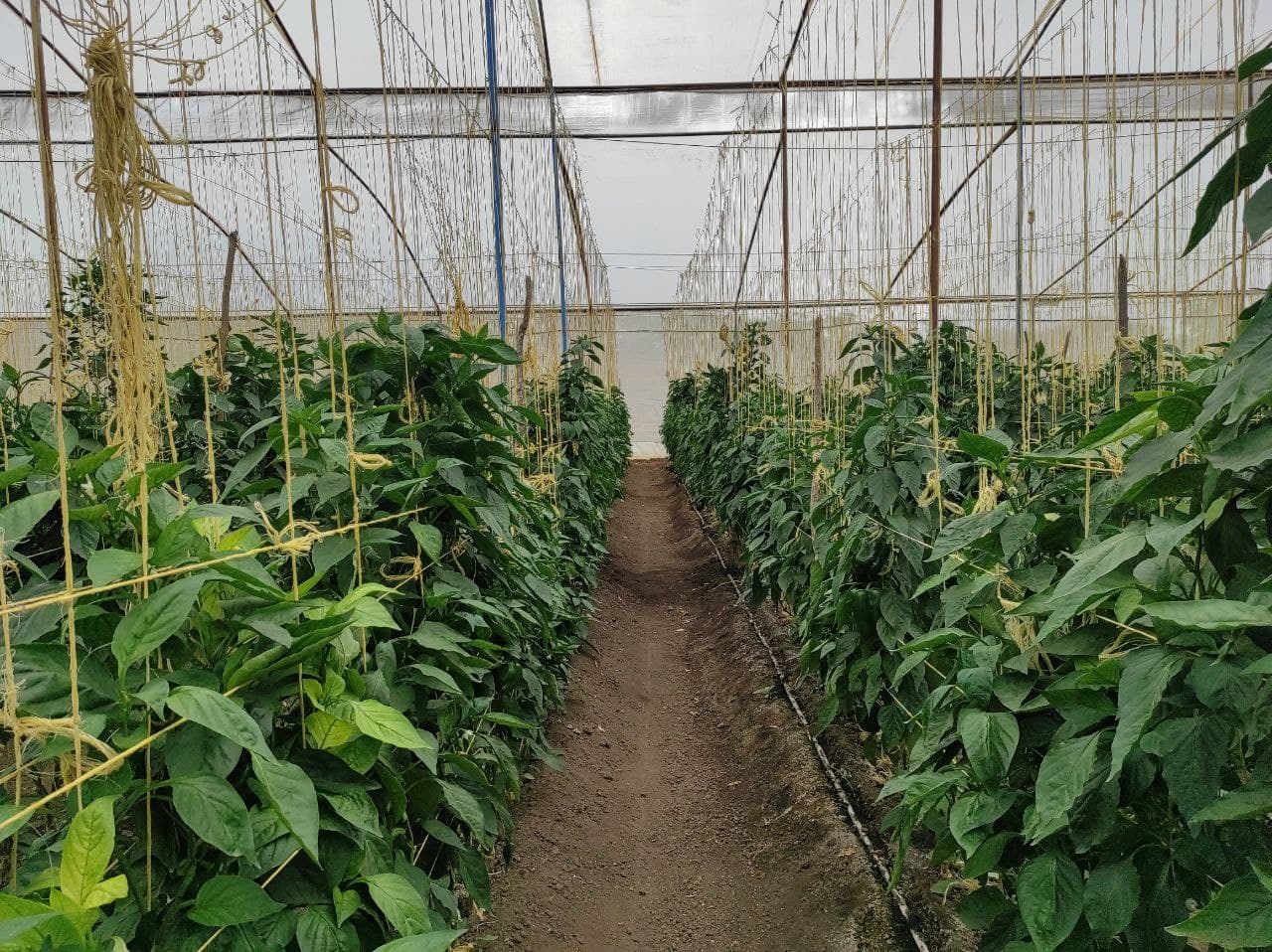
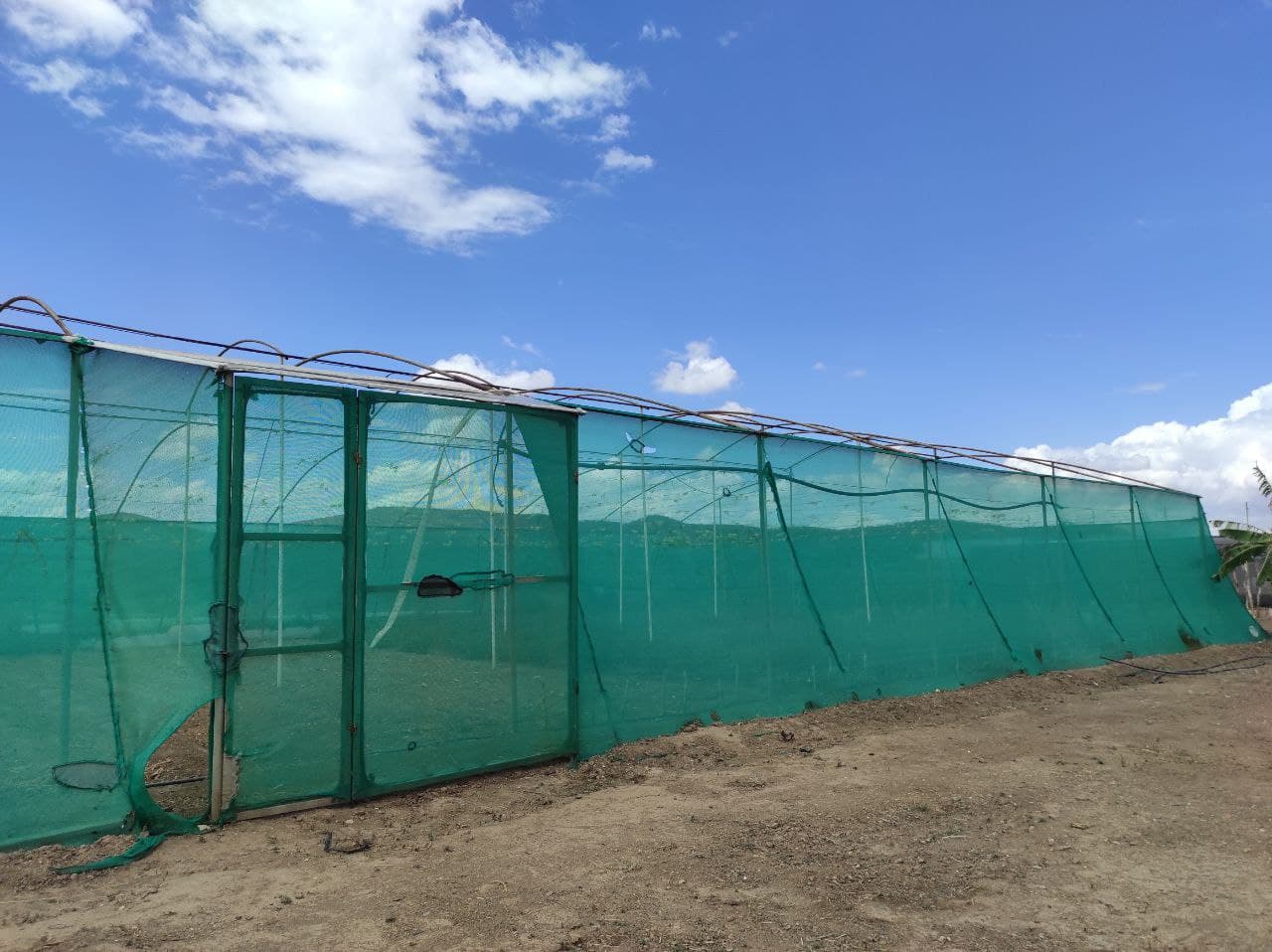
(Aquí comenzamos por primera vez, nuestro sueño/Here we begin for the first time, our dream).
¿Qué aprendizaje he obtenido hasta ahora?
La verdad he perdido la cuenta de cuantas cosas he aprendido y sigo en proceso de aprendizaje, hay demasiadas cosas que tener en cuenta a la hora de la sembrar cualquier planta así como: virus, bacterias, insectos, larvas. Incluso el cambio climático y las estaciones pueden hacer que esta varié en un 100%.
Personalmente se que como se clasifican los insecticidas y como actúan sobre los insectos.
Por ejemplo, los insecticidas se clasifican de 3 formas.
- De contacto: Son aquellos que deben ser asperjados de manera que puedan tocar los insectos para poder matarlos, de igual manera la ingestión del veneno puede neutralizarlos, pero siempre debe haber un contacto.
- Sistémico o translaminar: Aquellos insecticidas cuyo efecto envenena completamente la planta y hace que los insectos que se alimentan de ella, como chupadores, cortadores o gusanos, mueran al momento de ingerir el veneno a través del sistema de plantas.
- De repelencia: Aquellos venenos cuyo efecto es que los insectos no se acerquen a las plantas para colocar huevos o alimentarse.
Sin embargo esta es la clasificación coloquial en la que los técnicos han instruido a los agricultores de esta zona para que puedan diferenciarlos y usarlos contra las plagas que deberían tener efecto.
La clasificación según los compuesto seria la siguiente:
Insecticidas: Organoclorados, organofosforados, piretroides, carbamatos, entre otros que no son tan reconocidos.
Aquí es donde el aprendizaje es fundamental, por ejemplo se que los organoclorados casi desaparecieron del os mercados de esta zona, normalmente trabajamos con organofosforados y piretroides, además de algunos carbamatos.
Los insecticidas piretroides son los que mas efecto hacen a las plagas, ya que su poder de volteo es inmediato, ya que afectan el sistema nervioso de los insectos y estos muren mas rápido que con otros productos.
Un ejemplo de ellos es la Cipermetrina, Lambda Cialotrina y Deltametrina, algunos tipos de venenos que usamos con este ingrediente activo, son Dalla, Fulminator, Gruya, Karate Zeon, entre otros.
Además de eso hay bacterias que hacen el papel de insecticidas como el Bacillus thuringiensis, que actúa de manera de parasito, comiéndose a las larvas de las polillas y de esta manera cortamos el ciclo de reproducción, varios me han comentado que es piretroide y esta comprado en laboratorios que es compatible con insecticidas, ya que muchas de las bacterias benéficas que utilizamos mueren al tener contacto con químicos.
De igual manera están los fungicidas, pero para los fungicidas es un poco mas complicado el tema de las manchas foliares en las hojas, las bacterias, los virus, ya que es muy difícil diferenciar uno de otro, tienen características similares que a simple vista no fáciles de diferenciar.
Estos se diferenciar por compuestos en: Carbamatos, organoclorados, fenoles y triazoles.
What have I learned so far?
The truth is that I have lost count of how many things I have learned and I am still in the process of learning, there are too many things to take into account when planting any plant such as: viruses, bacteria, insects, larvae. Even climate change and seasons can make it vary 100%.
I personally know how insecticides are classified and how they act on insects.
For example, insecticides are classified in 3 ways.
- Contact: They are those that must be sprayed in such a way that they can touch the insects to be able to kill them, in the same way the ingestion of the poison can neutralize them, but there must always be a contact.
- Systemic or translaminar: Those insecticides whose effect completely poisons the plant and causes the insects that feed on it, such as suckers, cutters or worms, to die at the moment of ingesting the poison through the plant system.
- Repellent: Those poisons whose effect is that insects do not approach the plants to lay eggs or feed.
However, this is the colloquial classification in which the technicians have instructed the farmers in this area so that they can differentiate them and use them against the pests that should have an effect.
The classification according to the compounds would be as follows:
Insecticides: Organochlorines, organophosphates, pyrethroids, carbamates, among others that are not so well recognized.
Here is where learning is fundamental, for example I know that organochlorines have almost disappeared from the markets in this area, we normally work with organophosphates and pyrethroids, as well as some carbamates.
Pyrethroid insecticides are the ones that have the greatest effect on pests, since they have an immediate knockdown effect, as they affect the nervous system of the insects and they die faster than with other products.
An example of them is Cypermethrin, Lambda Cyhalothrin and Deltamethrin, some types of poisons that we use with this active ingredient are Dalla, Fulminator, Gruya, Karate Zeon, among others.
Besides that there are bacteria that play the role of insecticides such as Bacillus thuringiensis, which acts as a parasite, eating the larvae of moths and thus cut the reproduction cycle, several have told me that is pyrethroid and is purchased in laboratories that is compatible with insecticides, since many of the beneficial bacteria we use die when in contact with chemicals.
Similarly there are fungicides, but for fungicides is a little more complicated the issue of leaf spots on the leaves, bacteria, viruses, as it is very difficult to differentiate one from another, they have similar characteristics that at first glance are not easy to differentiate.
These are differentiated by compounds in: Carbamates, organochlorines, phenols and triazoles.
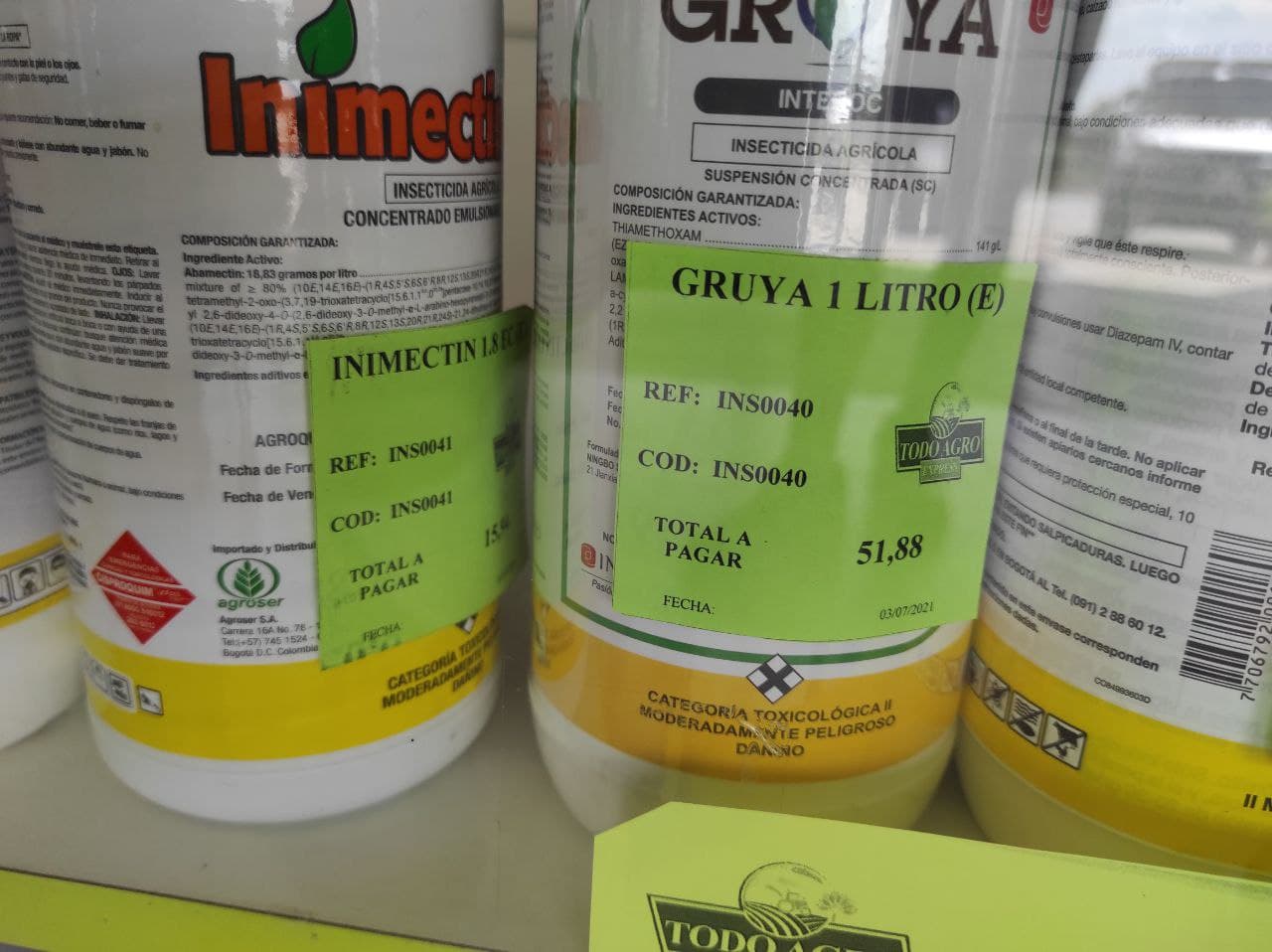

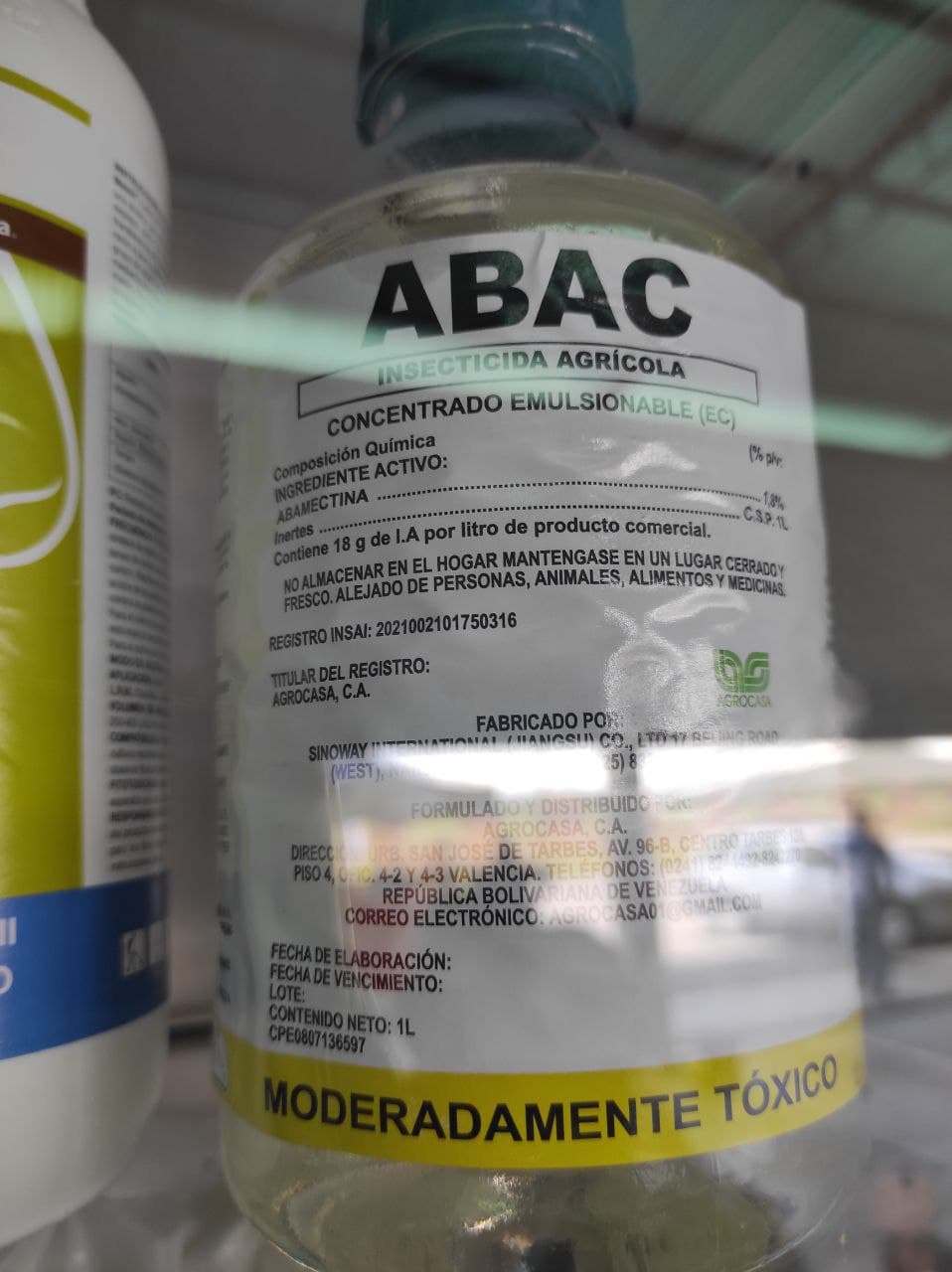
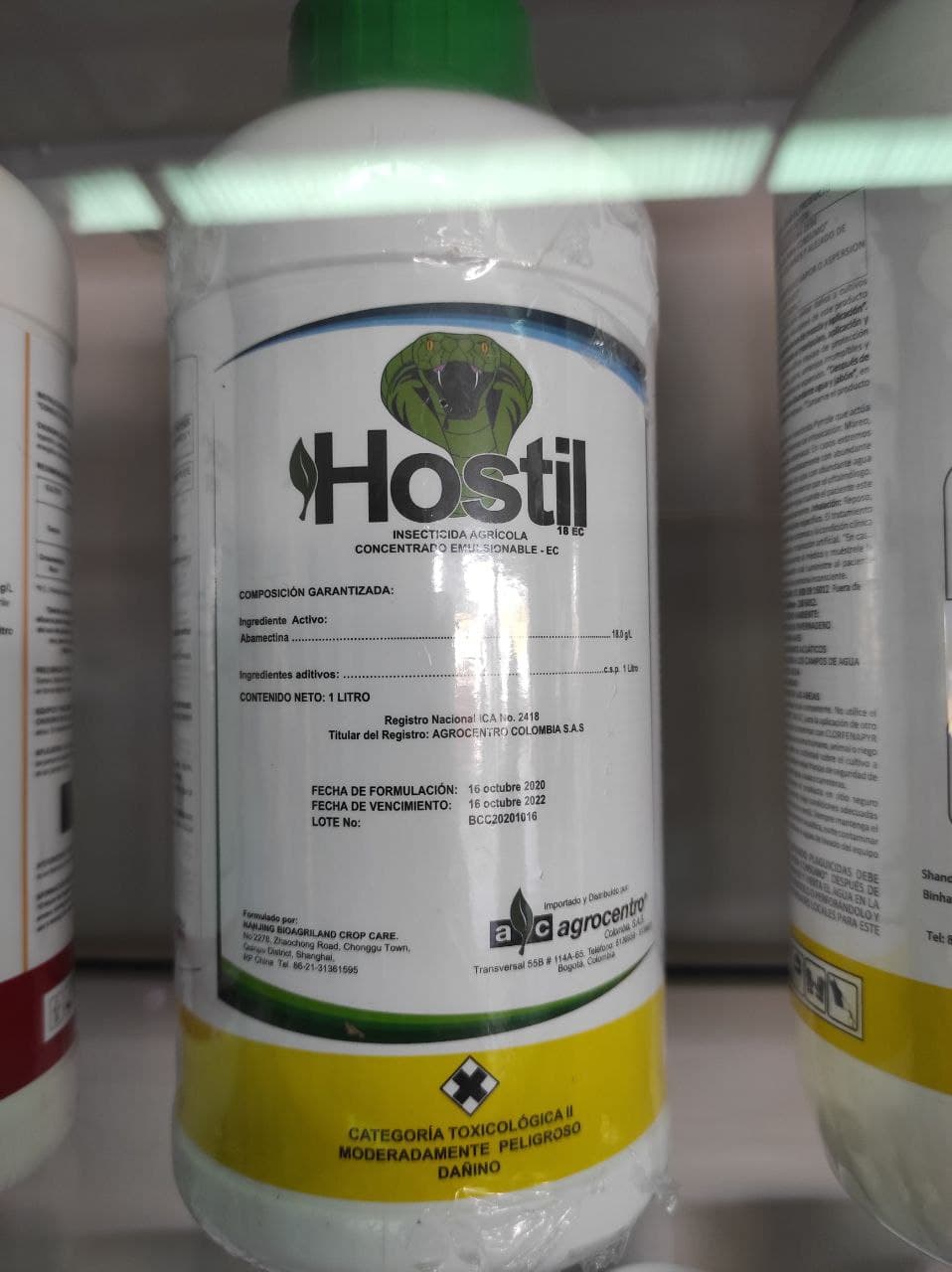

Siendo los triazoles lo mas utilizado en nuestro mercado, ya que tienen un efecto curativo en las plantas.
Los fungicidas se utilizan para prevenir muchos hongos en temporadas lluviosas y manchas foliares en verano, por ejemplo el mildiu lanoso o velloso, la alternaría solani y alternaría alternata, la phytophthora infestans o capcisi en el pimentón.
También se utilizan fungicidas en polvo para prevenir que las hojas se quemen con el roció de la mañana, hay algunos que son a base de cobre y crean una membrana protectora en las plantas que evita la trasmisión de virus.
Triazoles are the most used in our market, since they have a curative effect on plants.
Fungicides are used to prevent many fungi in rainy seasons and leaf spots in summer, for example downy mildew, alternaria solani and alternaria alternata, phytophthora infestans or capcisi in paprika.
Powdered fungicides are also used to prevent the leaves from being burned by the morning spray, and there are some that are copper-based and create a protective membrane on the plants that prevents the transmission of viruses.
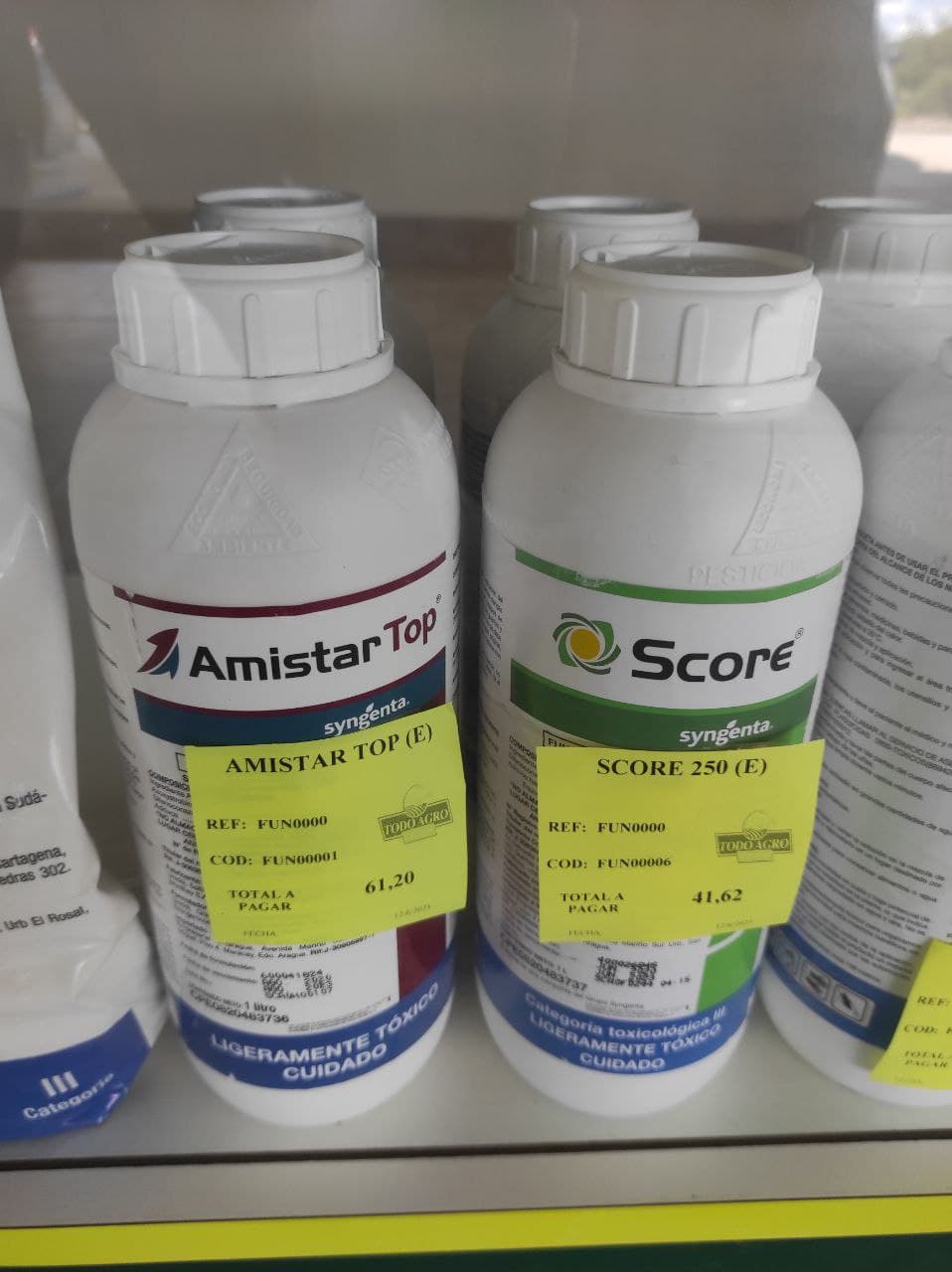
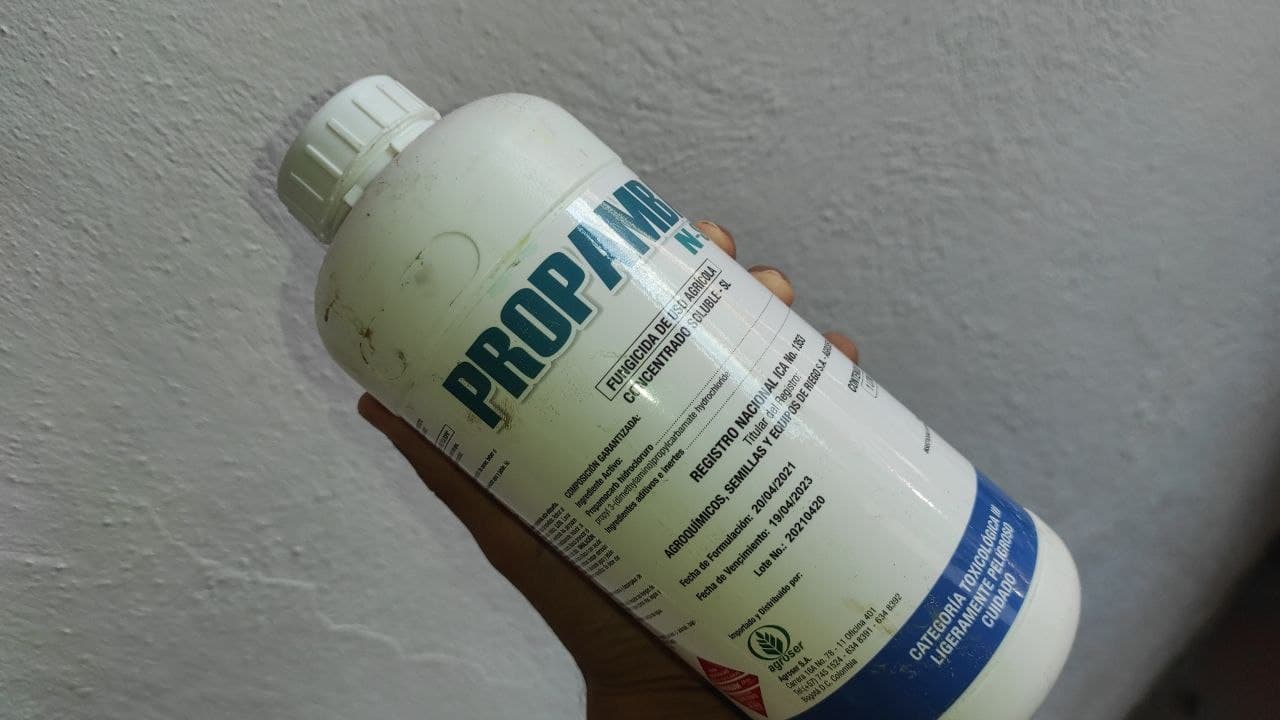
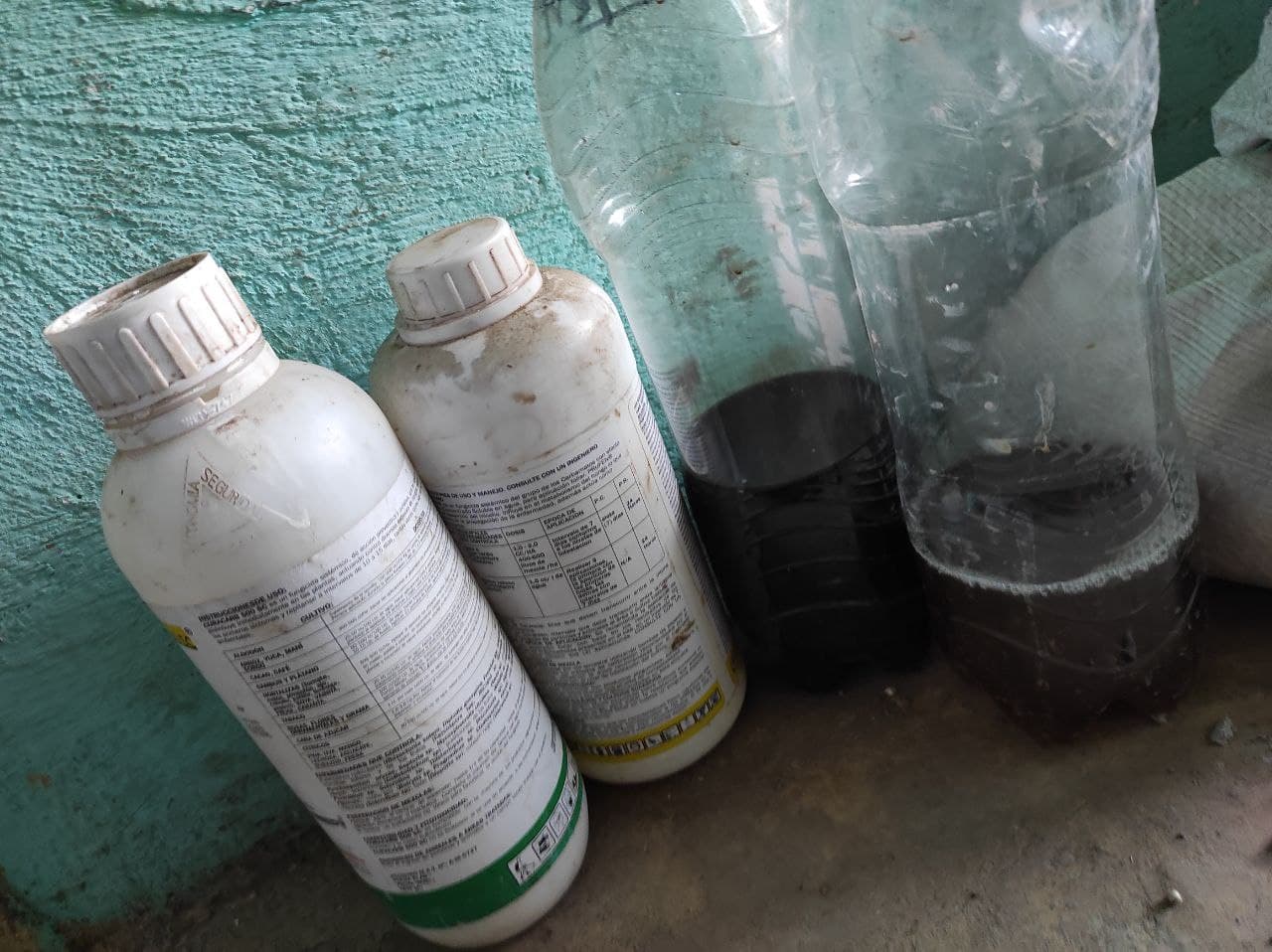
Como mencione identificar entre virosis y bacterias en las plantas no es tan sencillo, sin embargo se pueden hacer notar del resto, el cambio de color y manchas en las hojas resaltan, una manera saludable es arrancar la planta y sacarla del ambiente, la otra es probar si puede curarse con fungicidas. Si el caso es virosis es imposible, si es una bacteria se vera la mejoría.
As I mentioned to identify between viruses and bacteria in plants is not so easy, however they can be noticed from the rest, the color change and stains on the leaves stand out, a healthy way is to pull the plant and remove it from the environment, the other is to try if it can be cured with fungicides. If the case is virosis it is impossible, if it is a bacterium you will see the improvement.
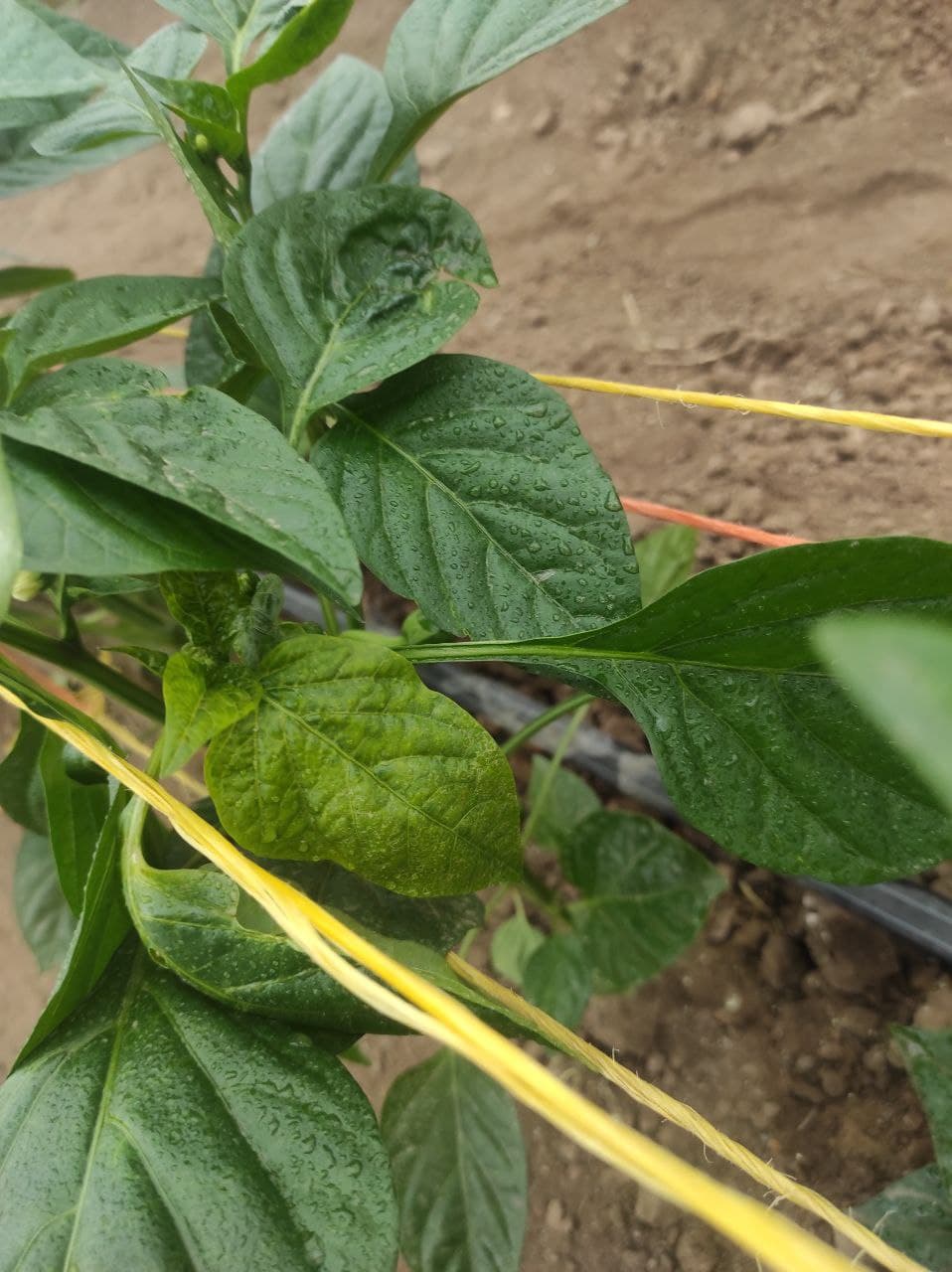
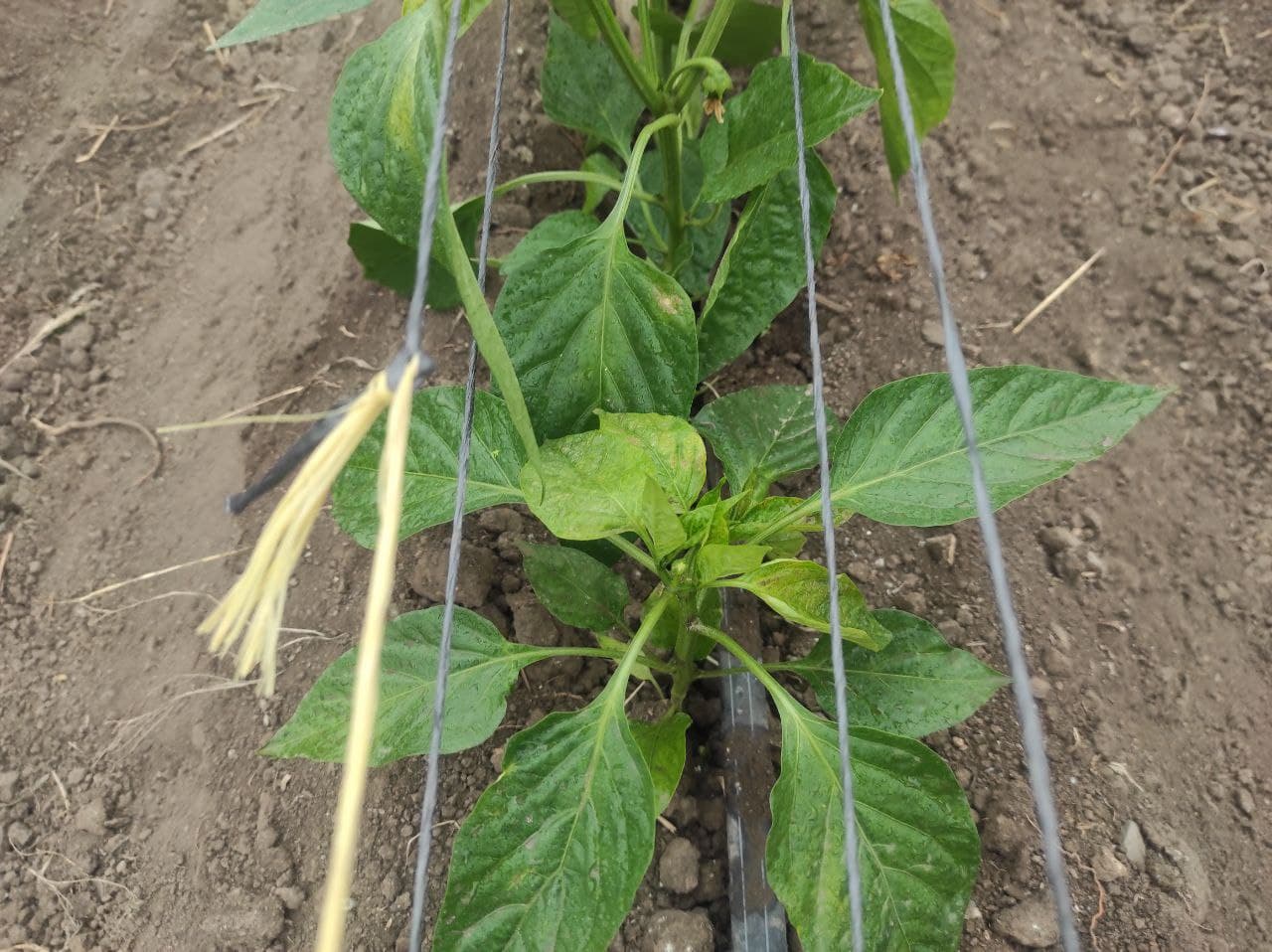
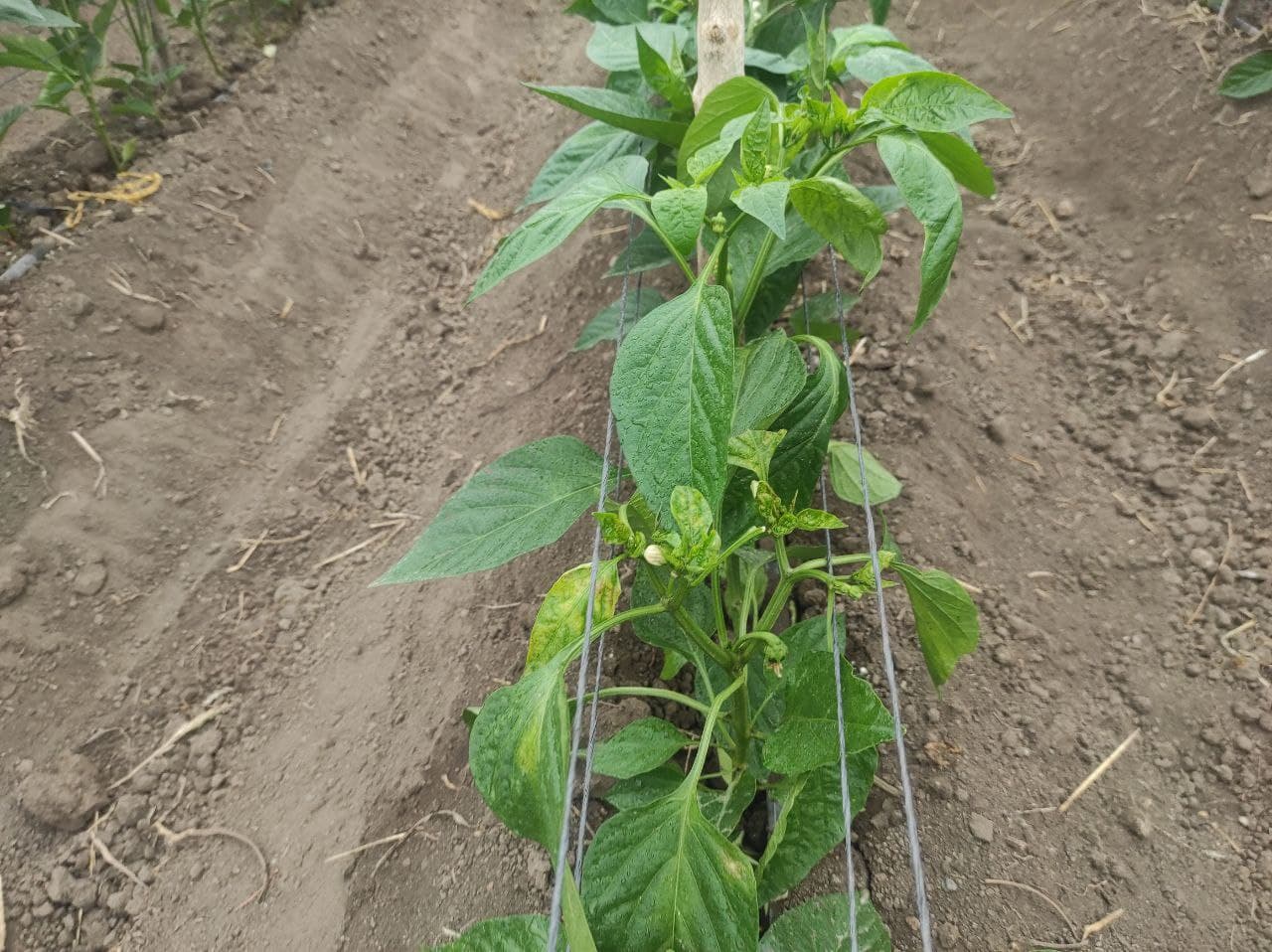
¿Cómo es el cuidado de las plantas?
Aprendí que hay personas que en este termino saben el triple de lo que yo se, gracias a los años de trabajo que tienen saben como tratar las plantas, cuando debemos deshojar, cuando se deben amarrar, cuando hay que fumigar para algunas plaga y como, así que se podría decir que hacemos un trabajo en equipo, ellos saben la técnica y yo se el componente químico u orgánico que le hará bien a la planta. De esta manera llevamos un buen cuidado de las plantas y los suelos, y cada día aprendo mas cosas, sobre todo de las mujeres que se encargan del deshoje, ella saben muy bien como hacerlo y en ocasiones me explican por que lo hacen, y que beneficio trae eso.
Es un ganar y ganar por ambos lados, aprendemos juntos y cada día tenemos las mismas ideas y conocimientos.
El asistimiento lo es todo, las plantas son como niños pequeños, necesitan muchos cuidados y estar al pendiente de ellas todos los días, por eso la agricultura nunca descansa, siempre hay algo que hacer o algo que observar un cambio mínimo se hace notar.
Realmente estoy agradecido con mi equipo de trabajo en los invernaderos, mujeres como hombres son importantes para mi en esto.
How is the care of the plants?
I learned that there are people who know triple what I know, thanks to the years of work they have, they know how to treat the plants, when to remove leaves, when to tie them, when to fumigate for some pests and how, so you could say that we work as a team, they know the technique and I know the chemical or organic component that will do good to the plant. In this way we take good care of the plants and soils, and every day I learn more things, especially from the women who are in charge of leaf removal, they know very well how to do it and sometimes they explain to me why they do it, and what benefit it brings.
It is a win-win situation for both sides, we learn together and every day we have the same ideas and knowledge.
The assistance is everything, plants are like little children, they need a lot of care and to be aware of them every day, that's why agriculture never rests, there is always something to do or something to observe, a minimum change is noticed.
I am really grateful to my team working in the greenhouses, women as well as men are important to me in this.
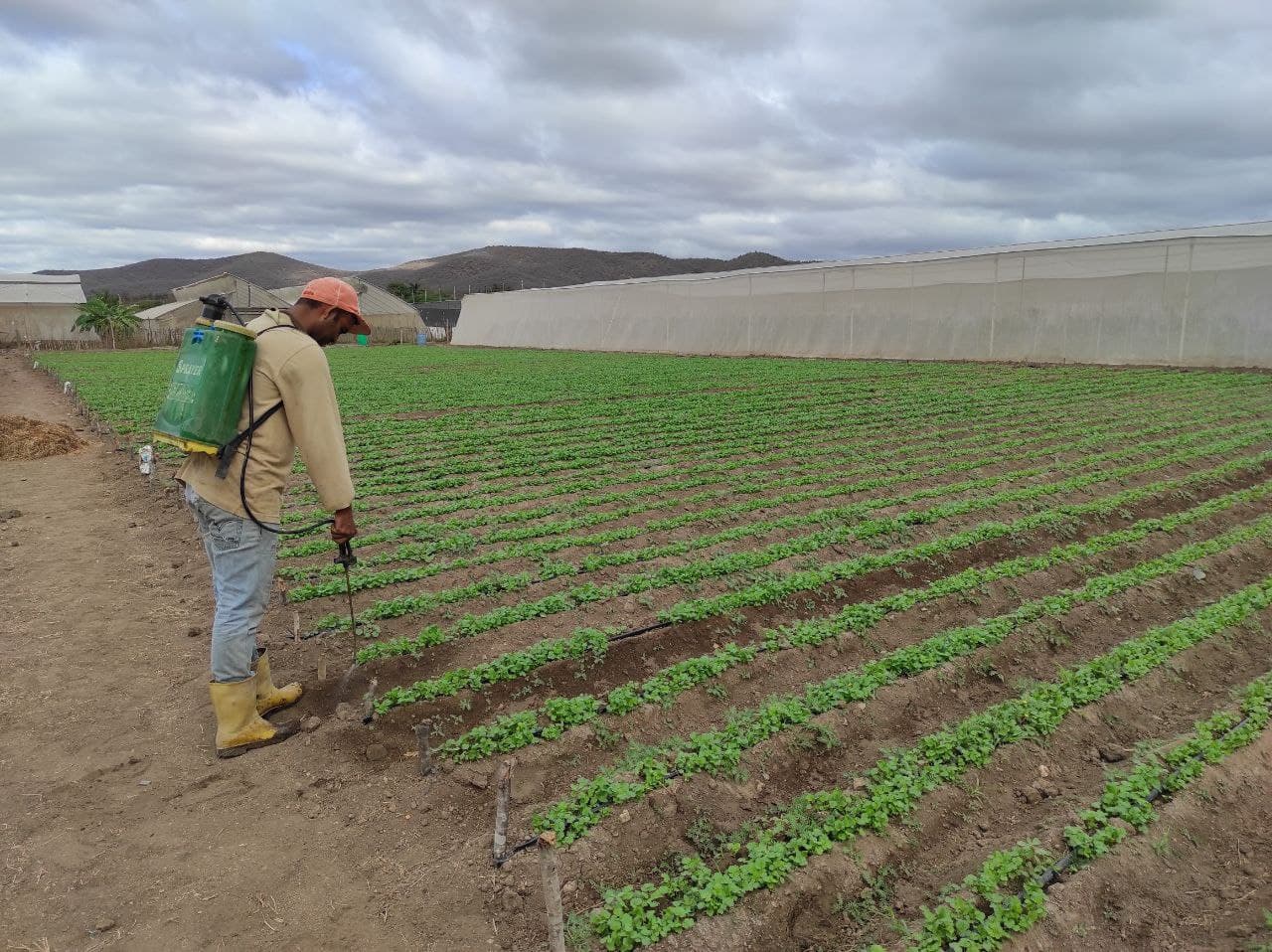
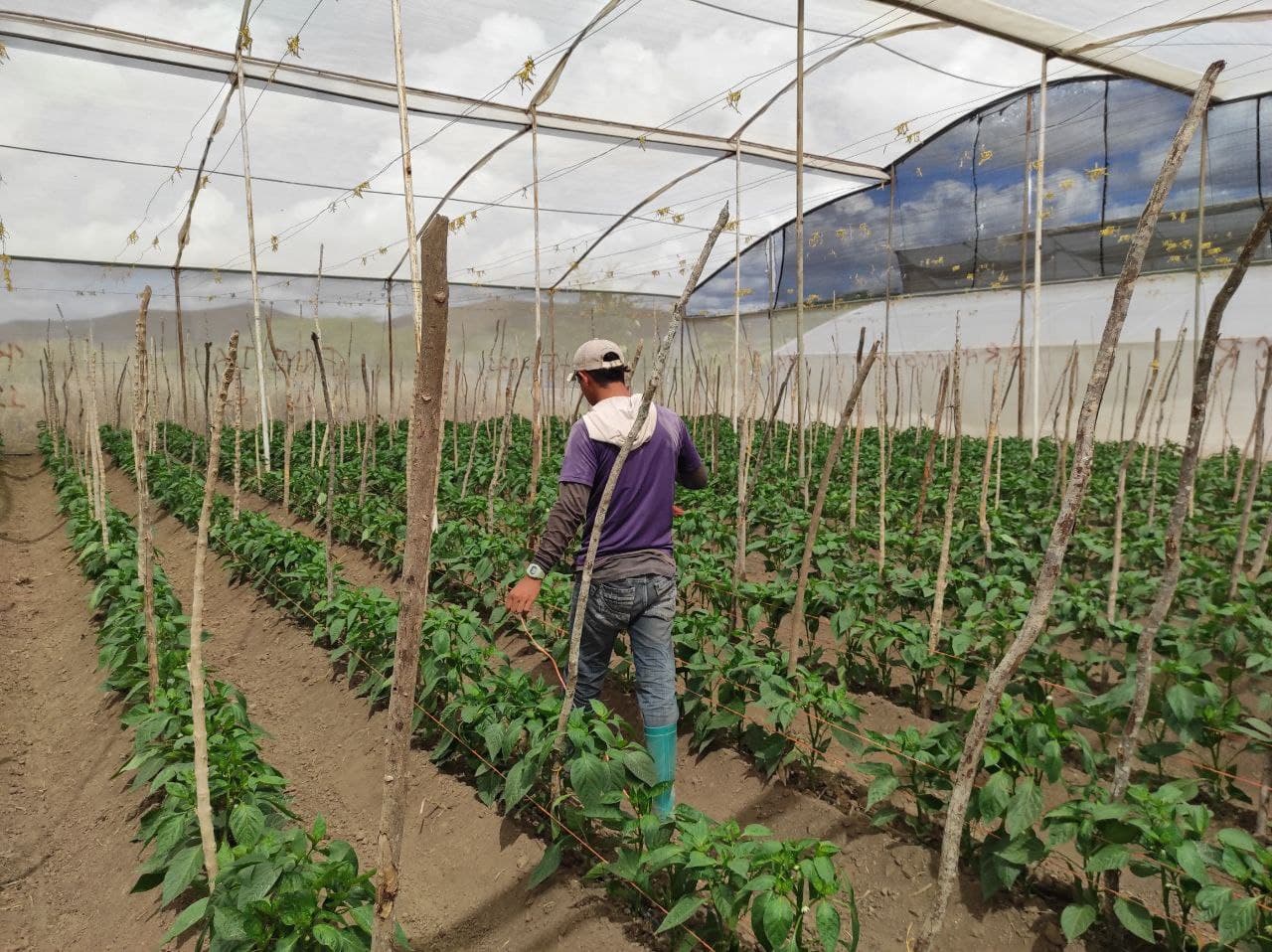
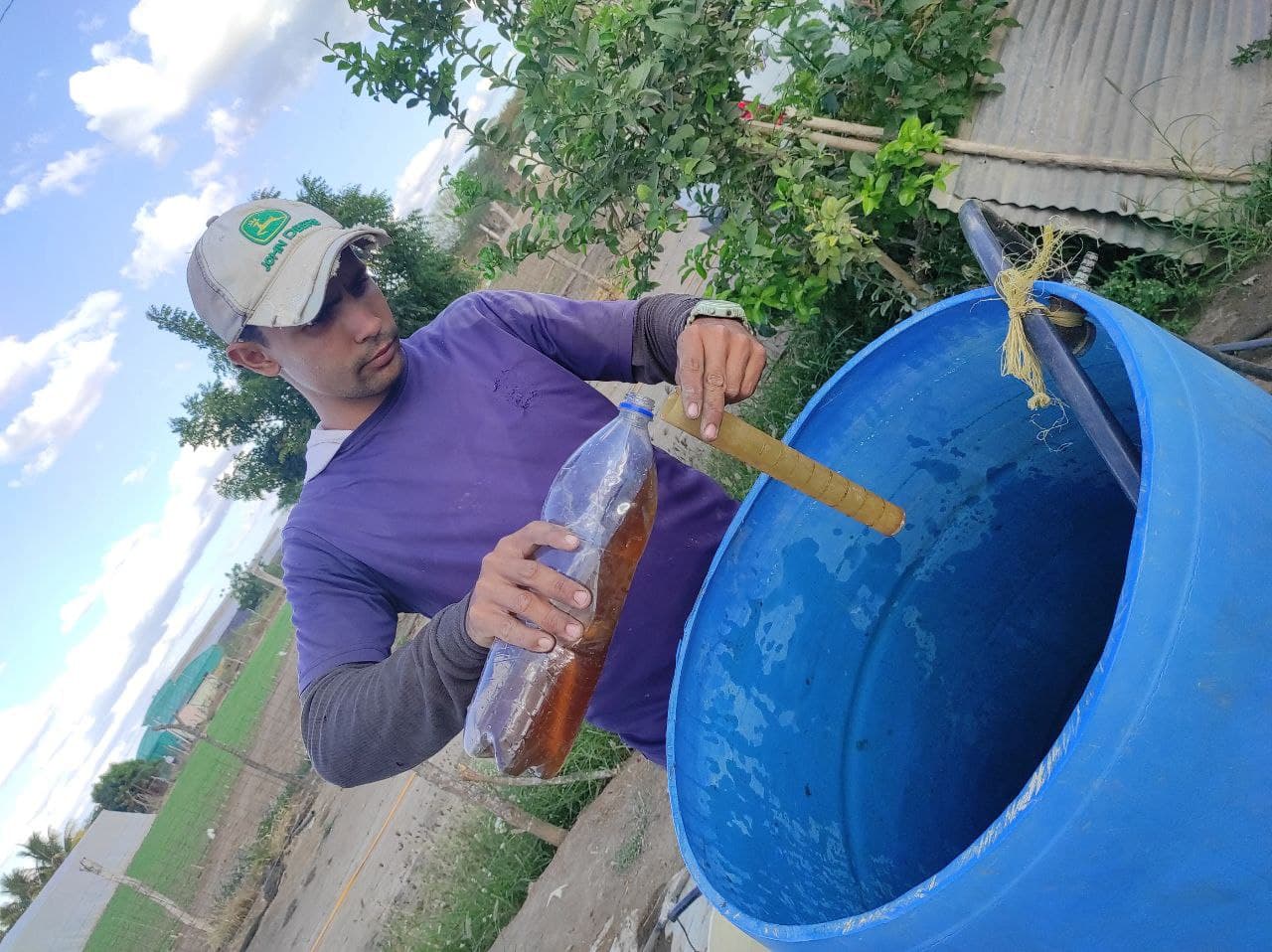
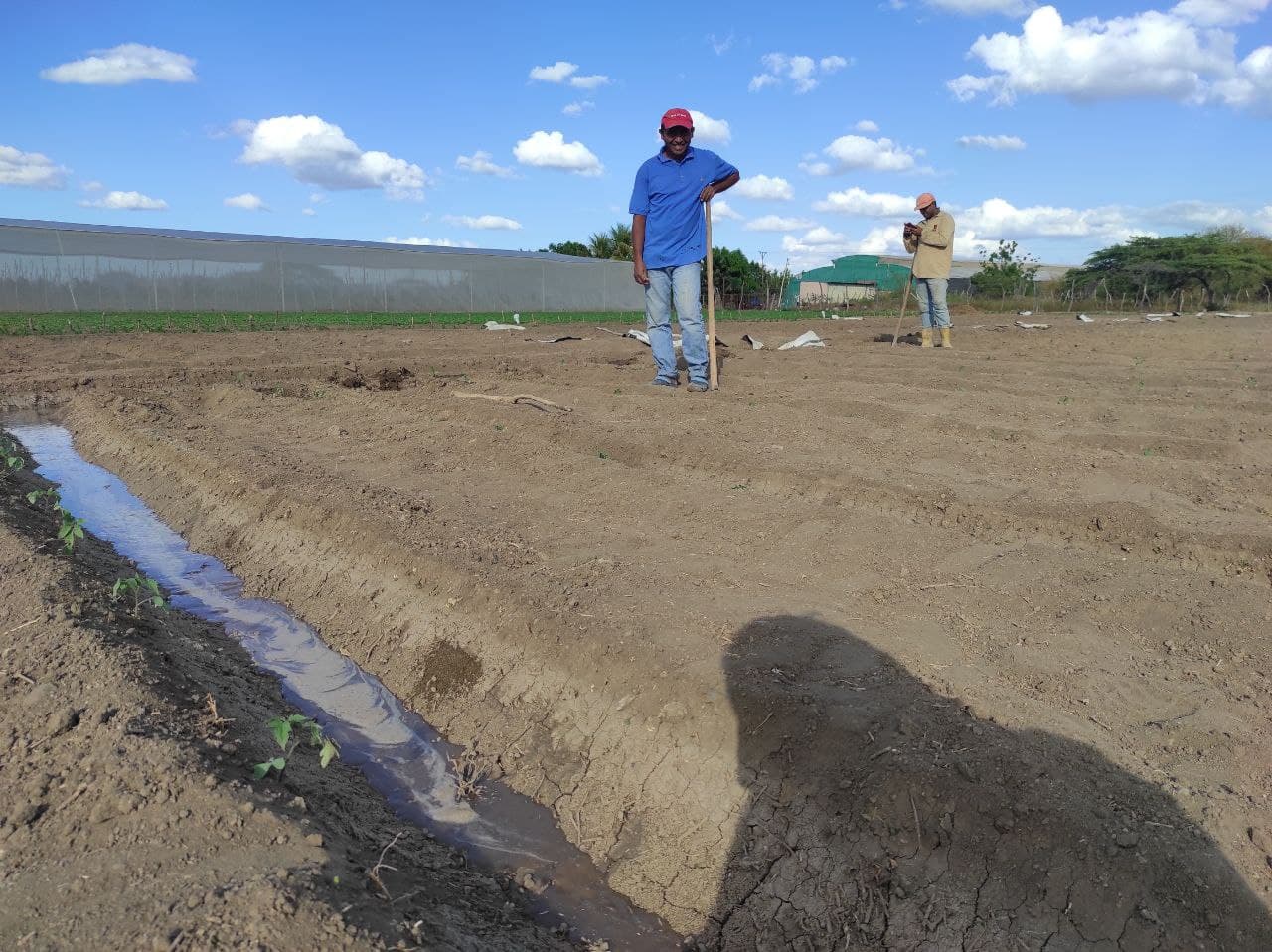
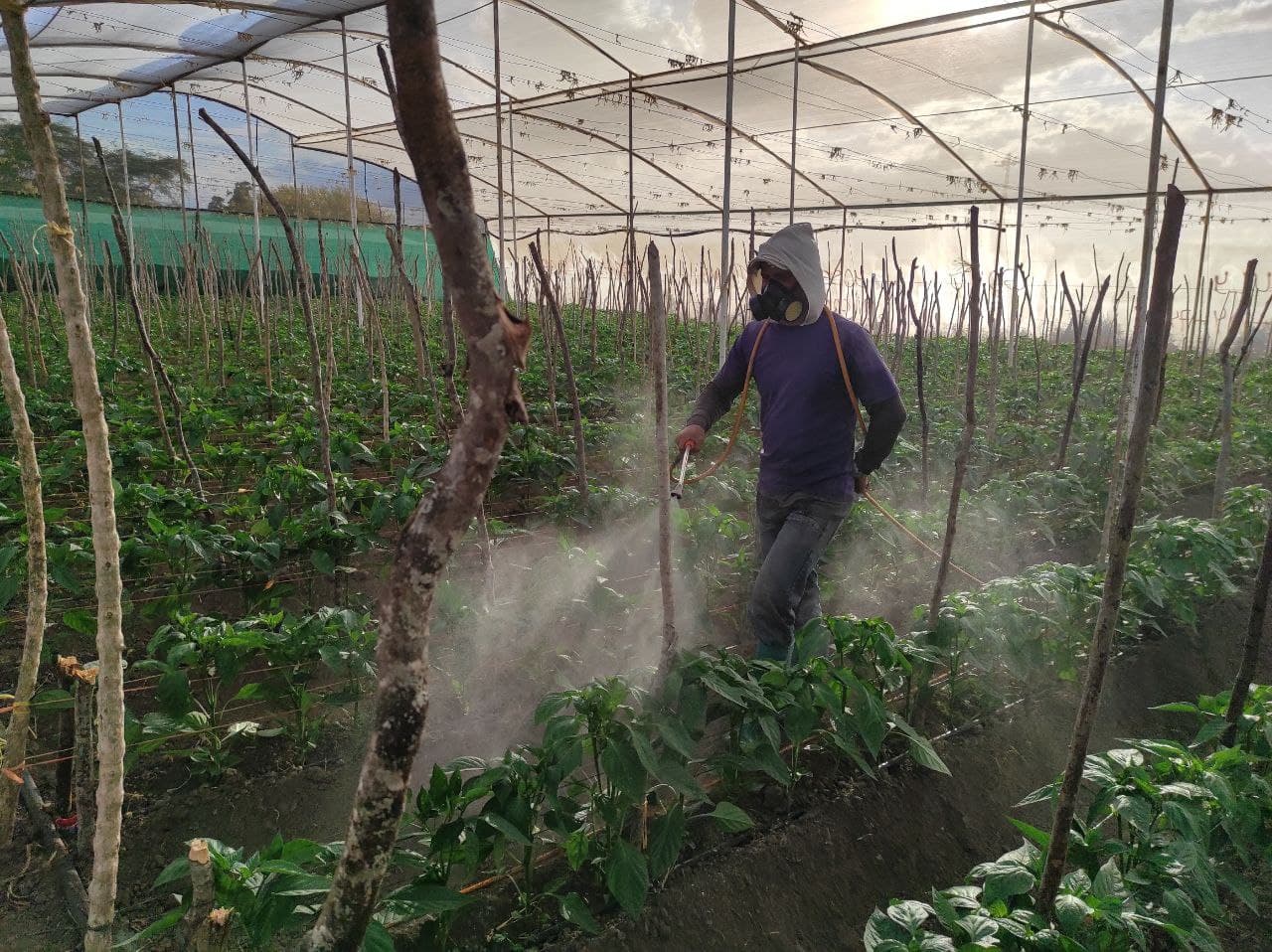
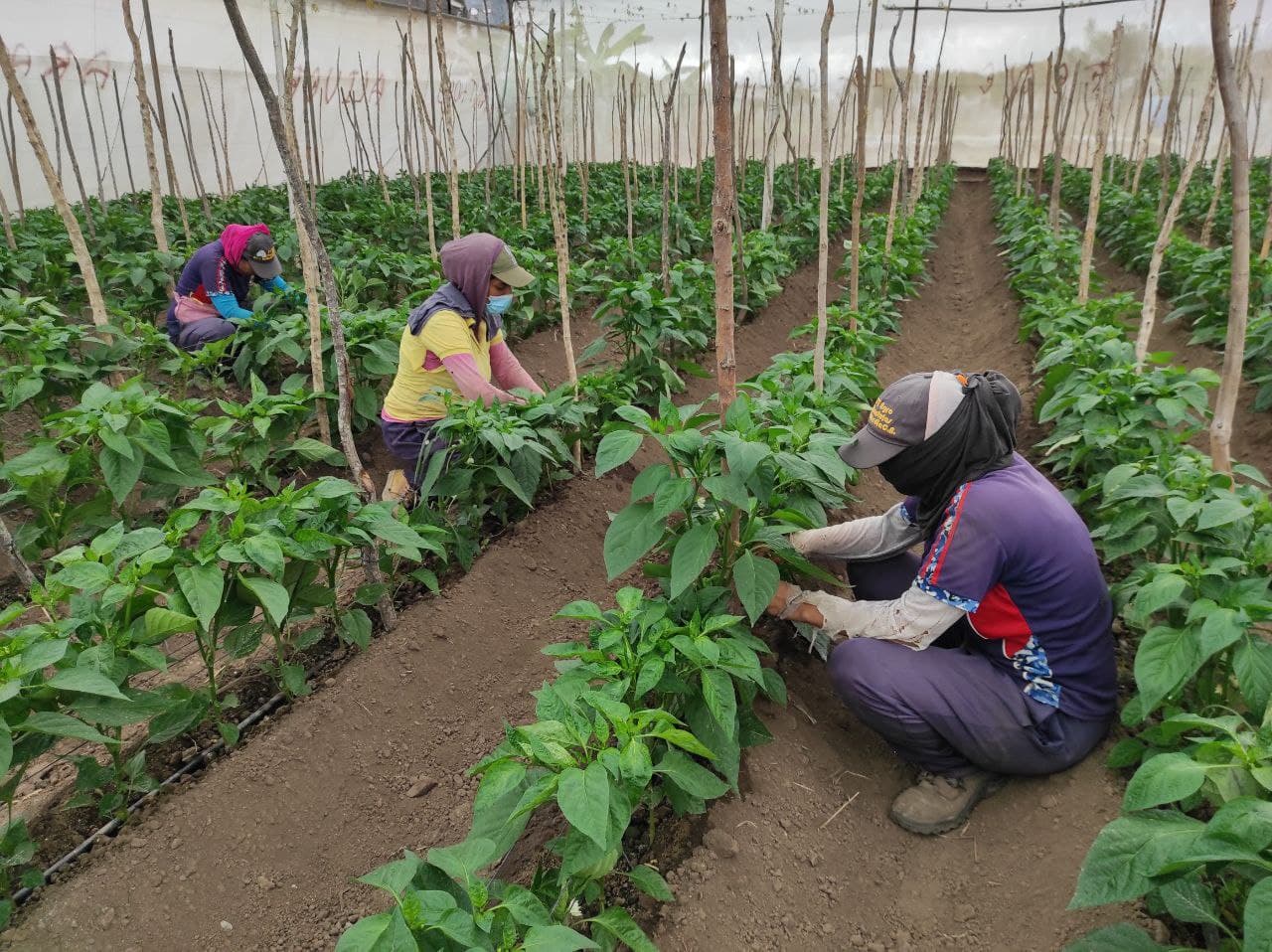
La expansión para nosotros sin duda alguna fue lo mejor que pudimos hacer, el probar otros rubros, sin miedo a perder dinero, siempre con las ganas de trabajar y conocer mas sobre la materia.
Aprendimos que la economía en la agricultura varia mucho y no hay algo que determine cuando dinero puedes tener de retorno si haces una inversión aquí, puede ser del 50%,100%,1000% y depende de factores que aun desconozco, por ejemplo las fechas mas comerciales para cada rubro, el tiempo en el que se coseche y la estación, las plagas que afecten otras zonas y dejen sin mercancía a los agricultores, la cantidad de consumo. Son demasiados factores que afectan el mercado impidiendo que sea estable, por eso decimos que aplica el factor suerte.
Sin embargo apostamos a la variedad, tener muchos cultivos con diferentes hortalizas podría darnos una oportunidad mas que solo 1, la probabilidad ahora es de 3, teniendo tomate, pimentón y cilantro, es casi imposible que el precio sea el mismo para todos en la misma fecha, uno de ellos estará mucho mas elevado que otros.
Así que la creación de nuevos invernaderos para nosotros fue clave, el poder tener cantidad y calidad a largo plazo, apostando a la durabilidad de la planta y no a la fecha comercial, ya que a largo plazo tendremos ganancias.
Así sea veía nuestro primer invernadero.
However we bet on variety, having many crops with different vegetables could give us a chance more than just 1, the probability now is 3, having tomato, paprika and cilantro, it is almost impossible for the price to be the same for all of them on the same date, one of them will be much higher than others.
So the creation of new greenhouses was key for us, to be able to have quantity and quality in the long term, betting on the durability of the plant and not on the commercial date, since in the long term we will have profits.
This is how our first greenhouse looked like.
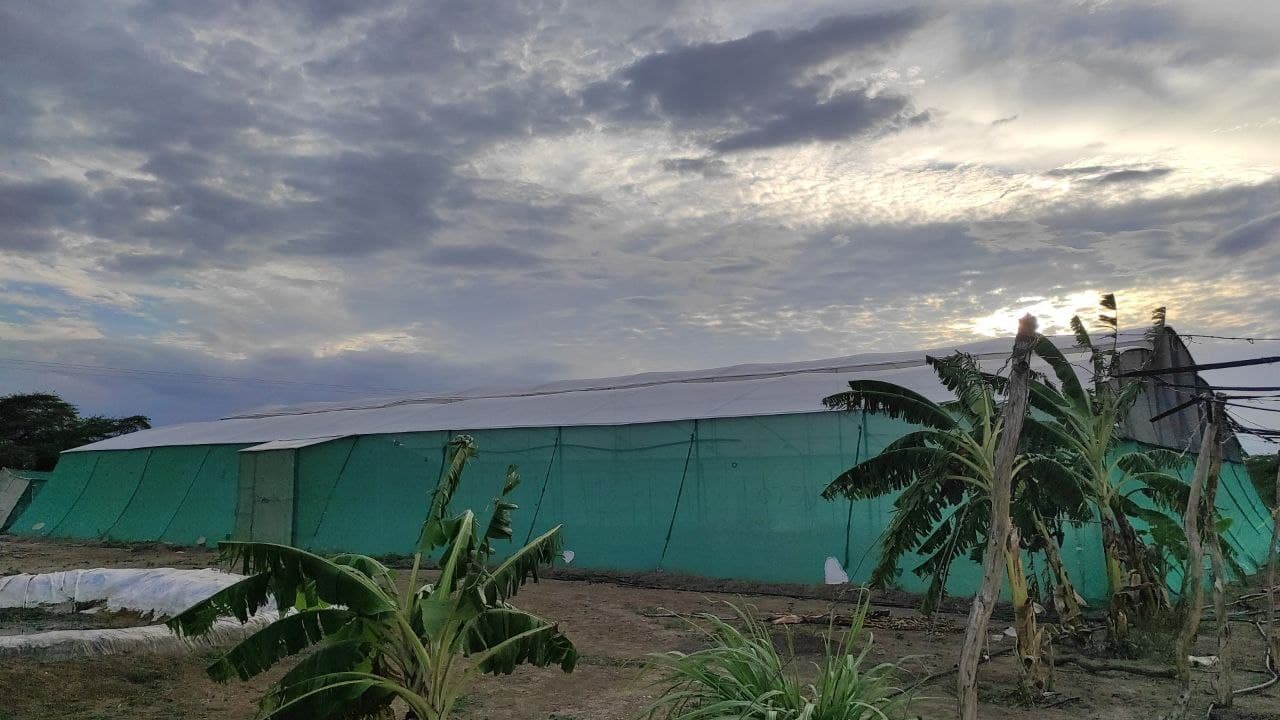
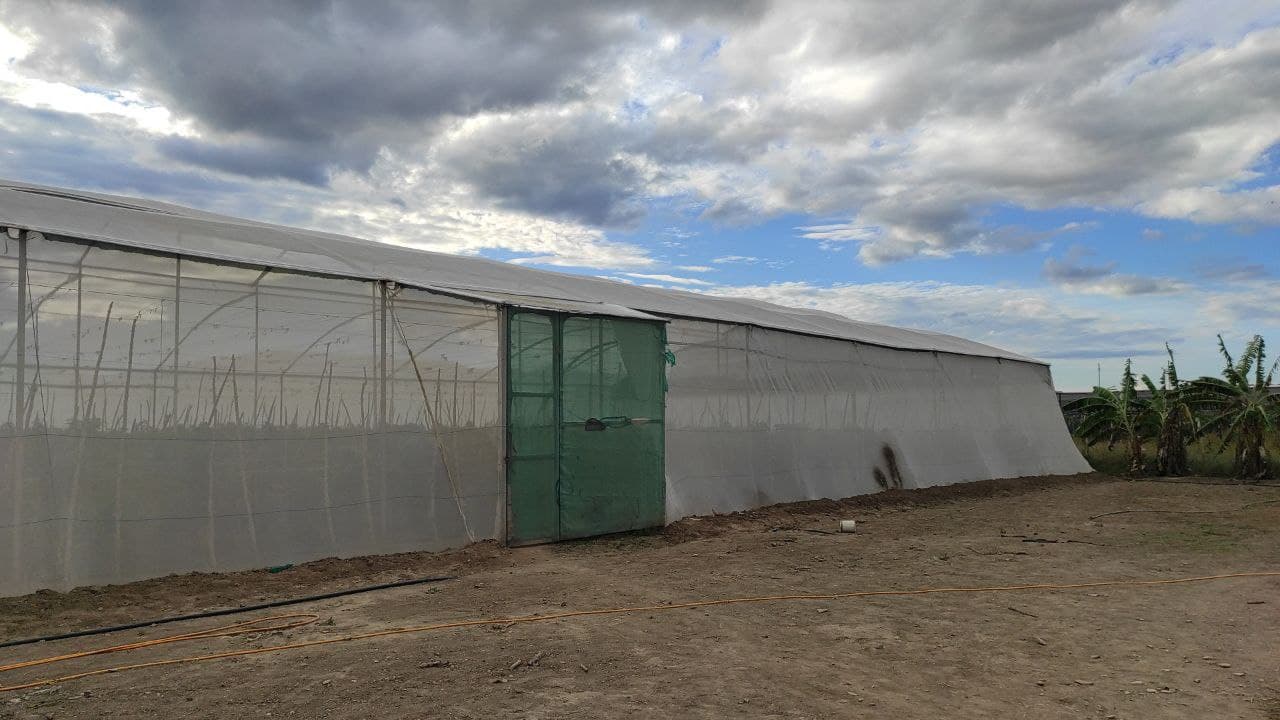
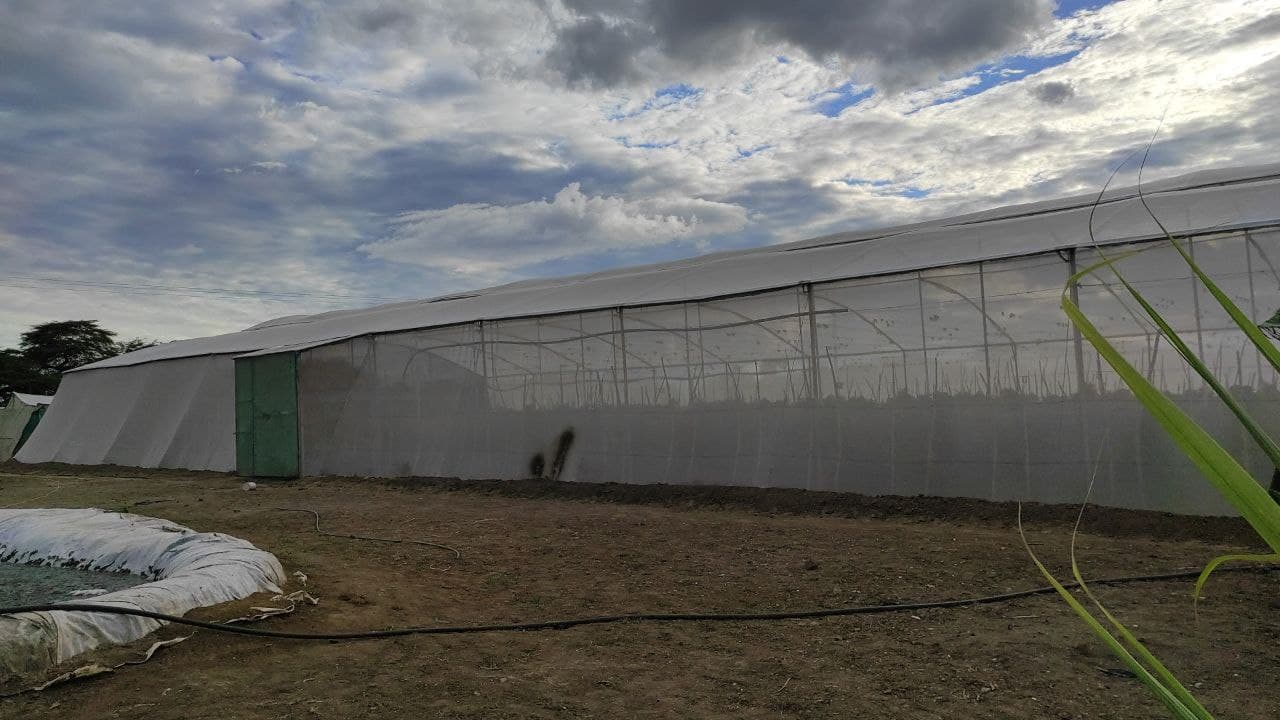
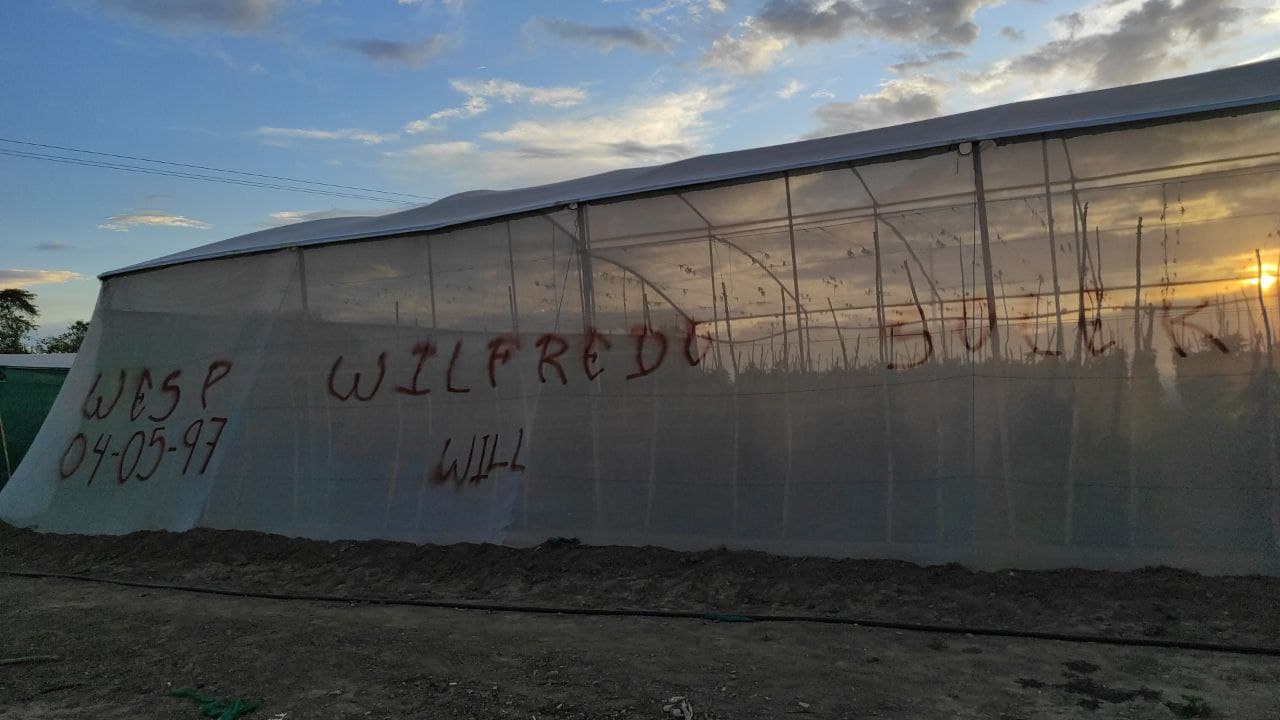
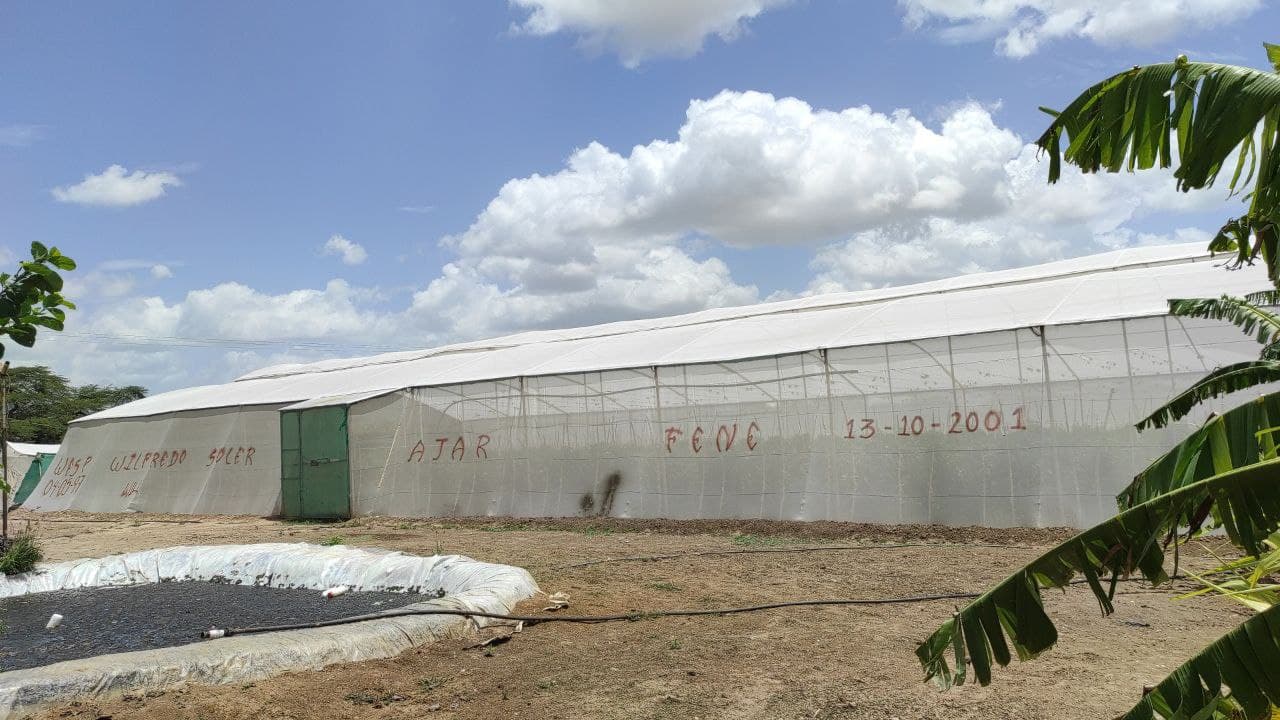
Y así comenzamos con otros. / And so we started with others.
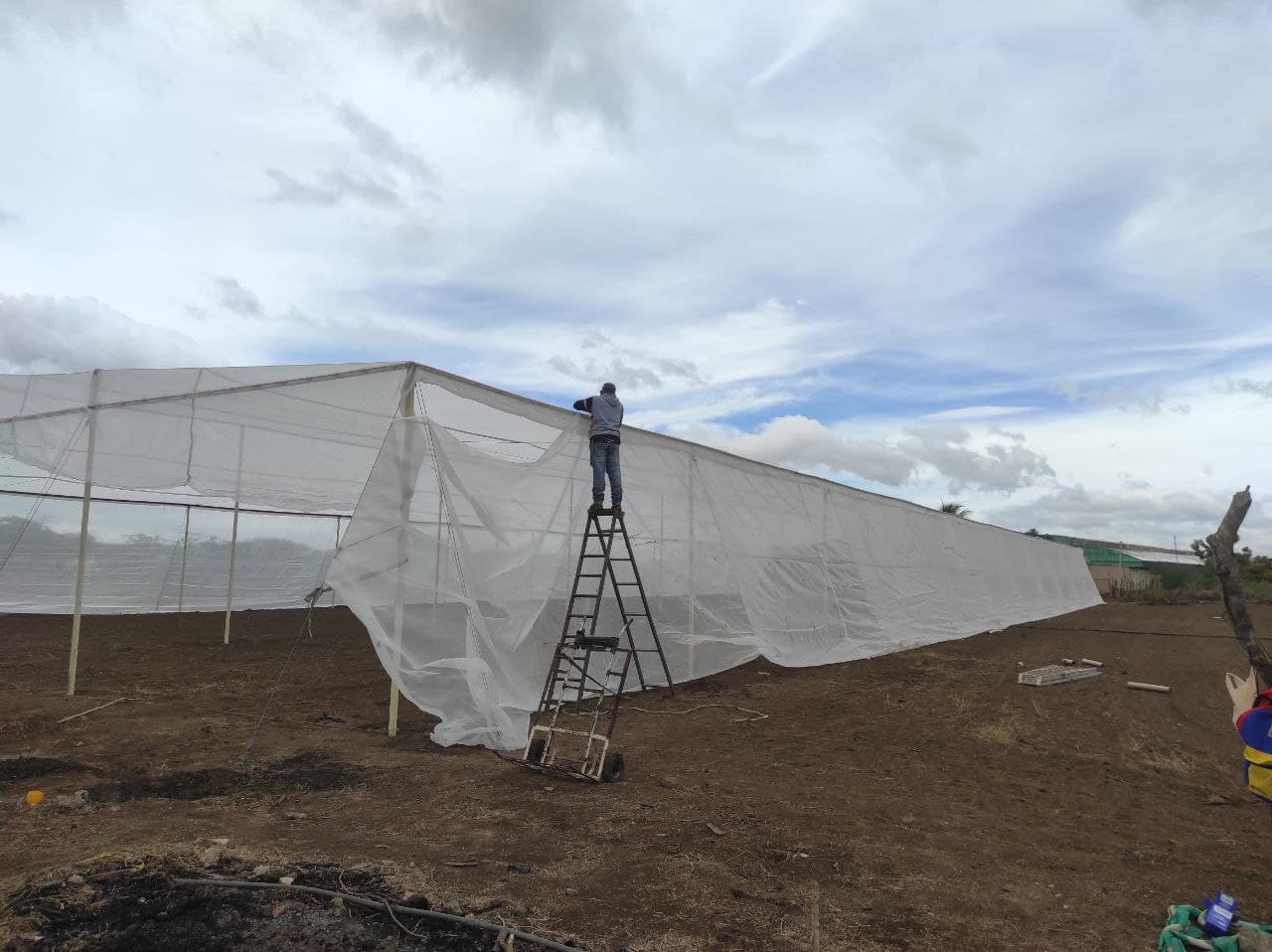
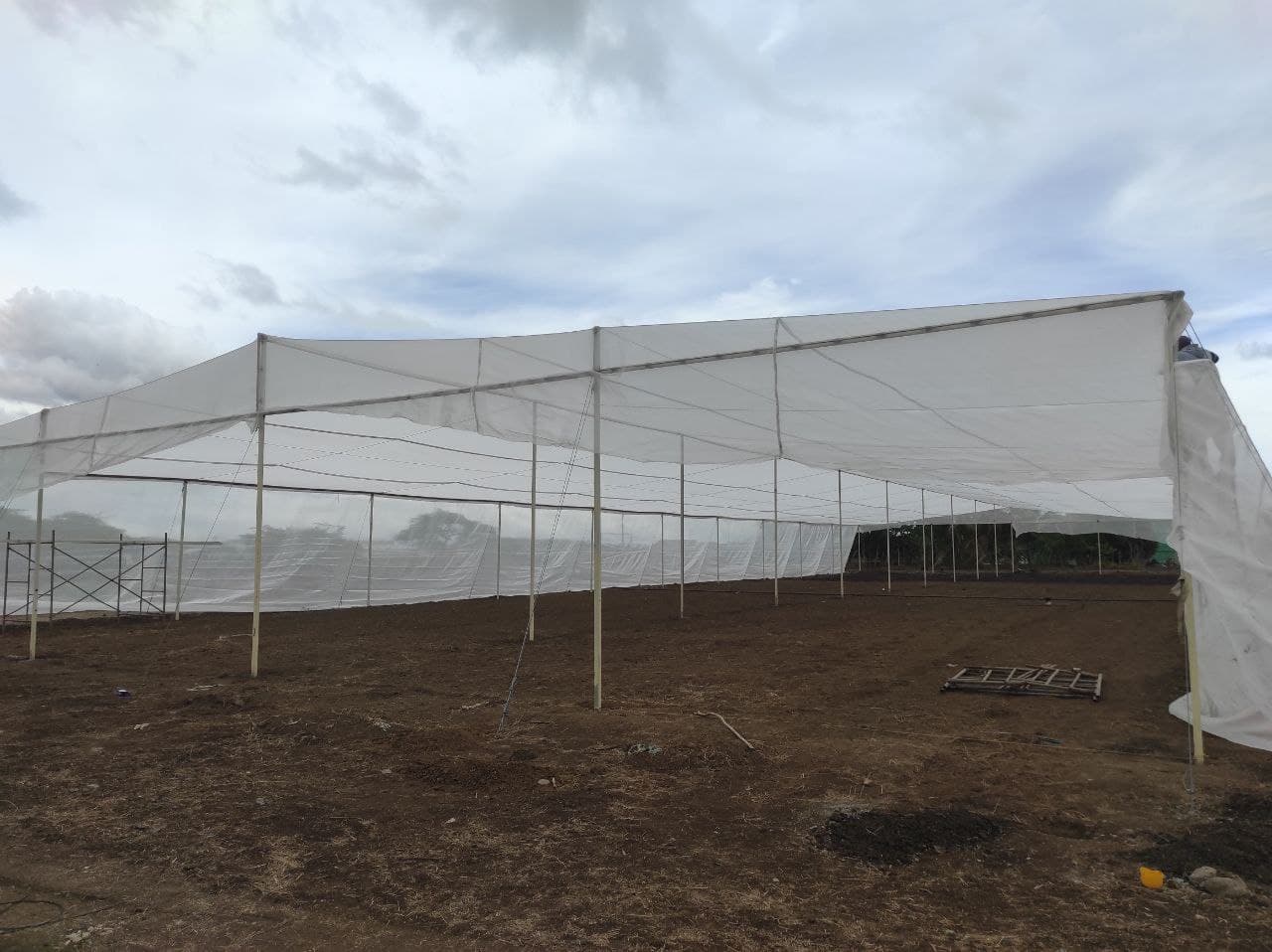

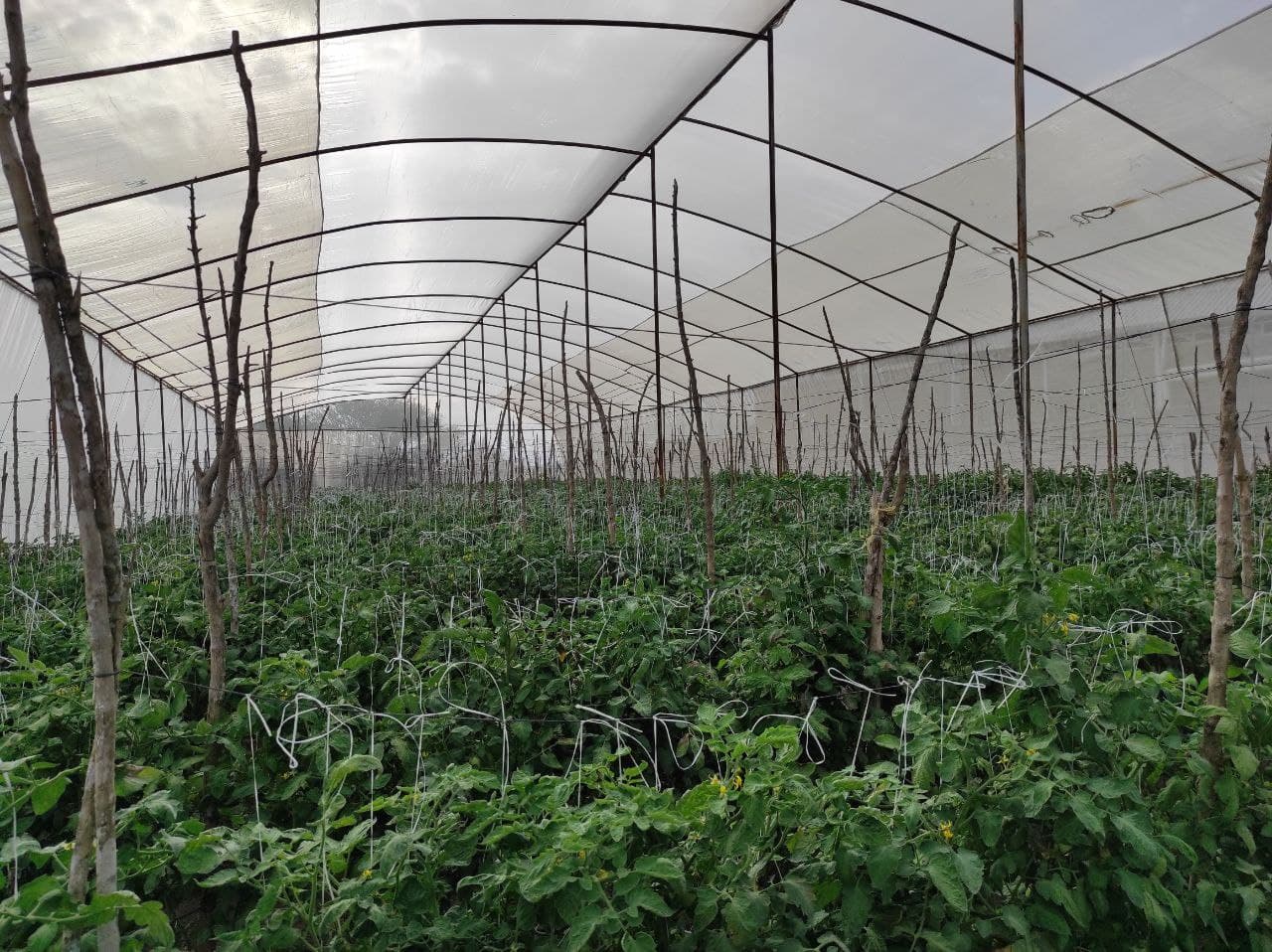
Hasta los momentos tenemos algunas pruebas no comerciales con sandia y melón, para nuestro consumo, queremos saber que tan rentable es sembrar estas dos frutas a campo abierto, ya que estamos en el Valle de Quíbor, históricamente es conocido por el ser el Valle mas contaminado del país y no estoy seguro si de Latinoamérica, pero los tipos de plagas que hay aquí, no los hay en otros sitios en tales cantidades, aqui no solo hay una si no diferentes plagas que atacan al mismo tiempo los cultivos, por eso la manera de poder subsistir es sembrar en invernaderos. No solo eso, se que aquí es el sitio mas contaminado en cuanto al uso de fungicidas e insecticidas organoclorados, los niveles de veneno que se usan aquí son tan altos, que en una época comenzaron a nacer niños con deformaciones debido a la contaminación que los padres sufrieron al trabajar en estos campos, para esa época utilizaban algo llamado DDT, cuyas moléculas se degradan en 100 años, y son cancerígenas, hace 40 años atrás se hizo el estudio y fue decretada la ciudad mas contaminada.
Por ello sembrar hortalizas a campo abierto tiene 70% de riesgos, sin embargo con los actuales avances de la tecnología hay semillas hibridas que son mas resistentes a plagas y virus, además de eso en esta actual época, muchos ingenieros han decidido trabajar con productos totalmente orgánicos, de manera de no contaminar tanto el ambiente y la producción y personalmente nosotros estamos trabajando con estos productos.
Productos como Microorganismos eficientes (EM), Carbón orgánico, Bacterias y hongos benéficos como trichoderma, silicio, boro, magnesio, azospirillum entre otras cosas.
Esta prueba que tenemos es para rubros resistentes, y hasta los momentos la sandia y el melón al igual que el ají son los cuanditos. Y aun así quiero mostrarles el resto de cultivos nuevos que tenemos hasta ahora.
Therefore planting vegetables in the open field has 70% risk, however with the current advances in technology there are hybrid seeds that are more resistant to pests and viruses, besides that in this current era, many engineers have decided to work with totally organic products, so as not to pollute both the environment and production and personally we are working with these products.
Products such as efficient microorganisms (EM), organic carbon, bacteria and beneficial fungi such as trichoderma, silicon, boron, magnesium, azospirillum, among other things.
This test we have is for resistant crops, and so far watermelon and melon as well as chili bell pepper are the quanditos. And yet I want to show you the rest of the new crops we have so far.
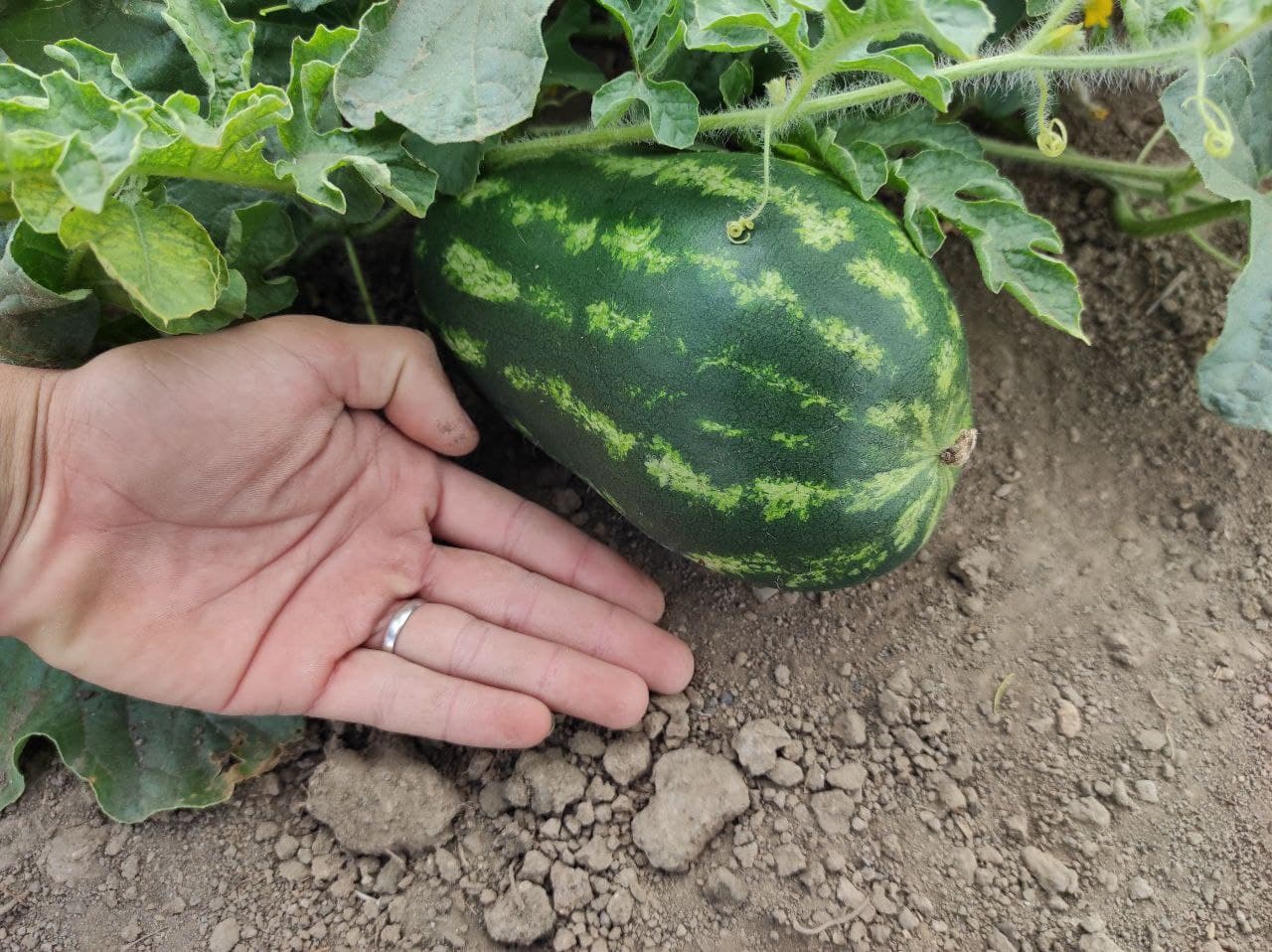
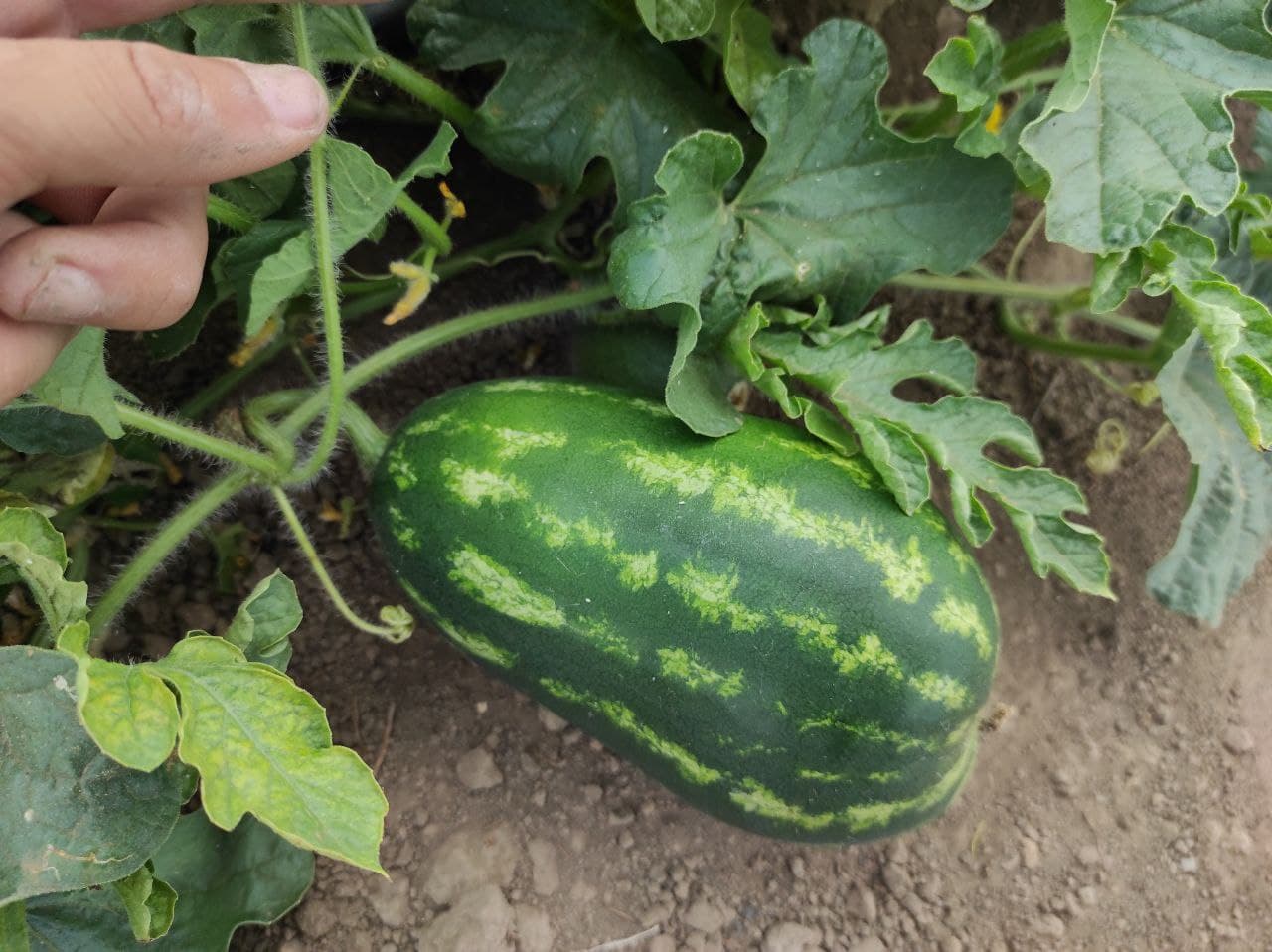
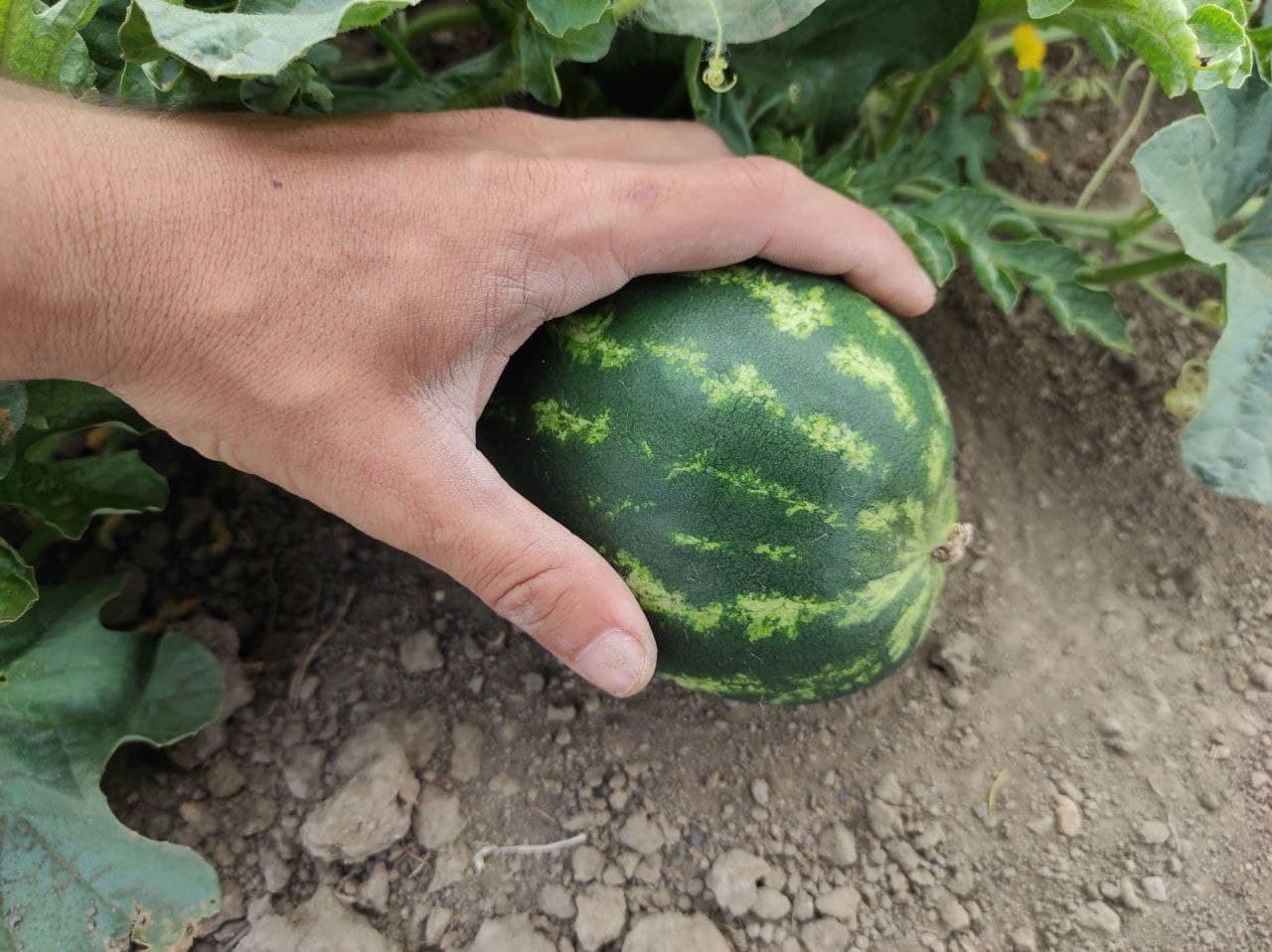
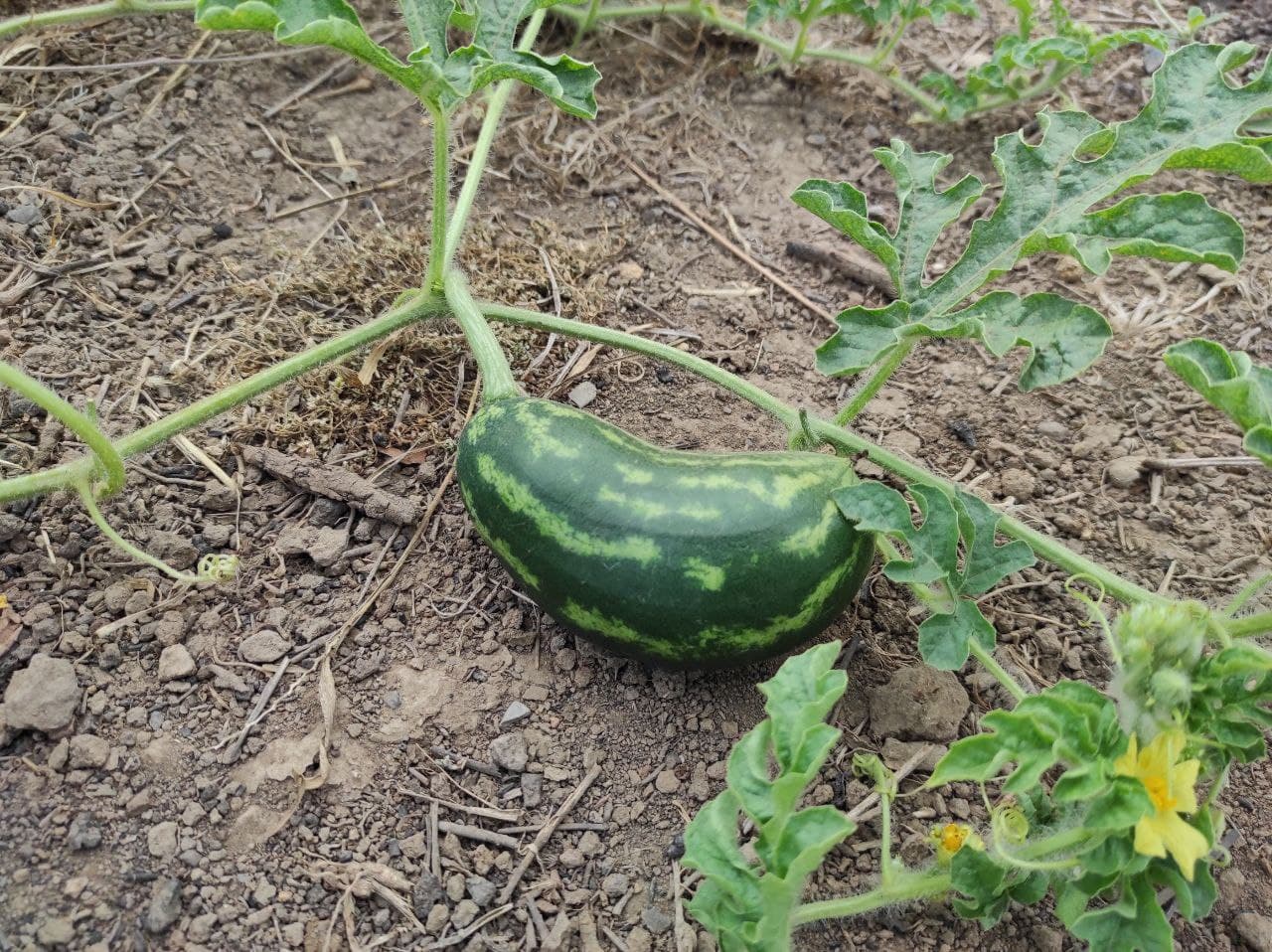
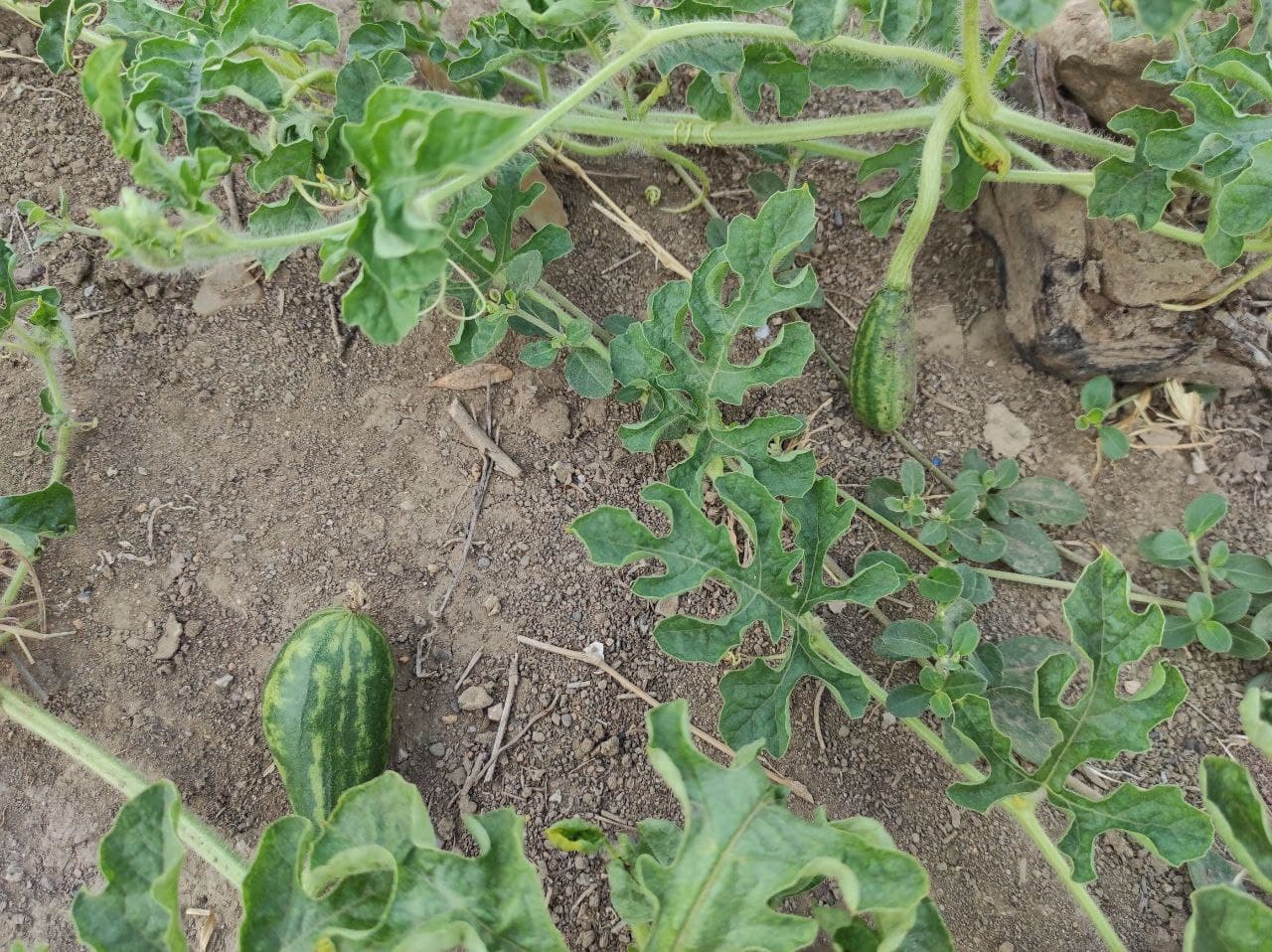
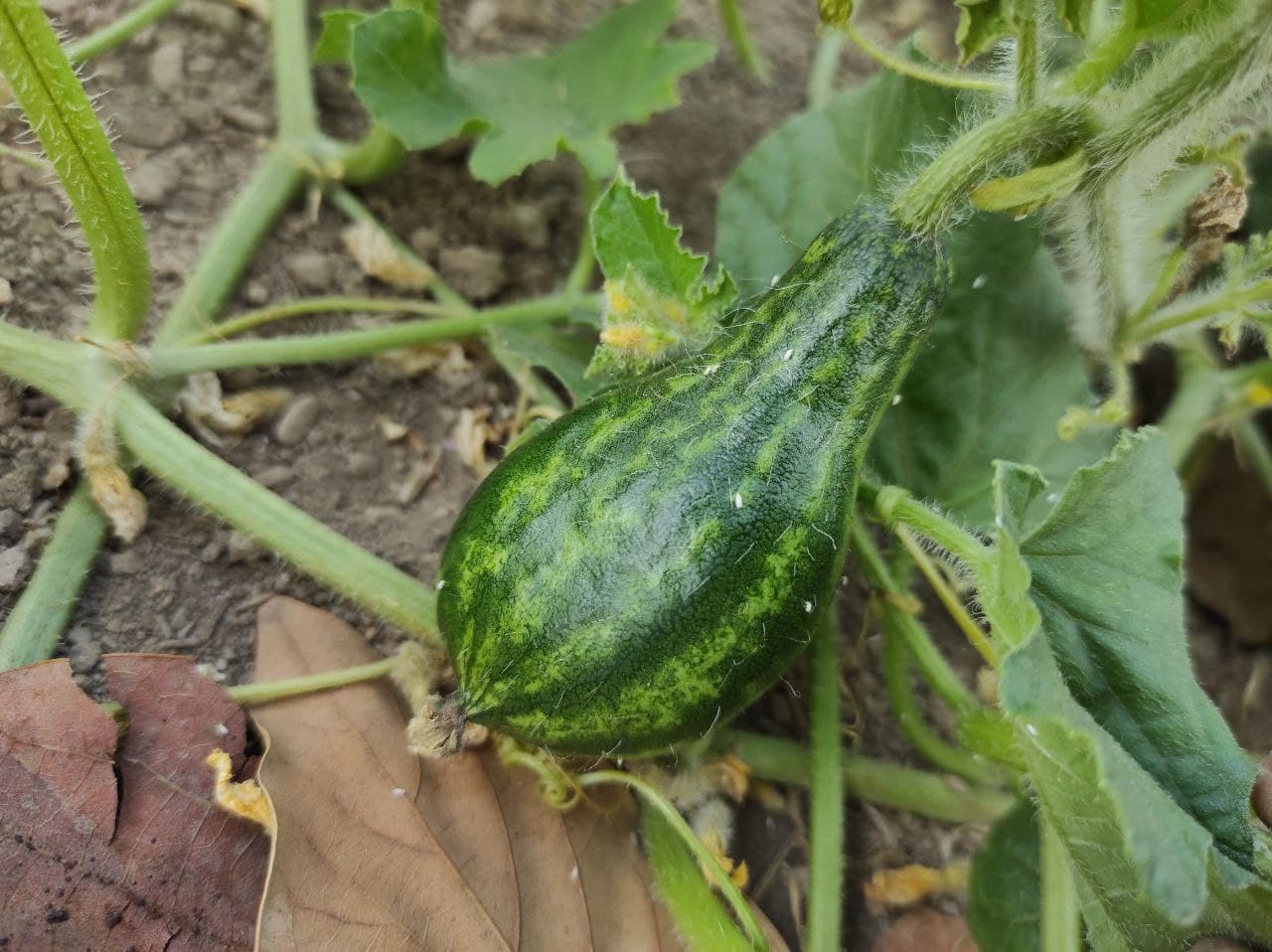
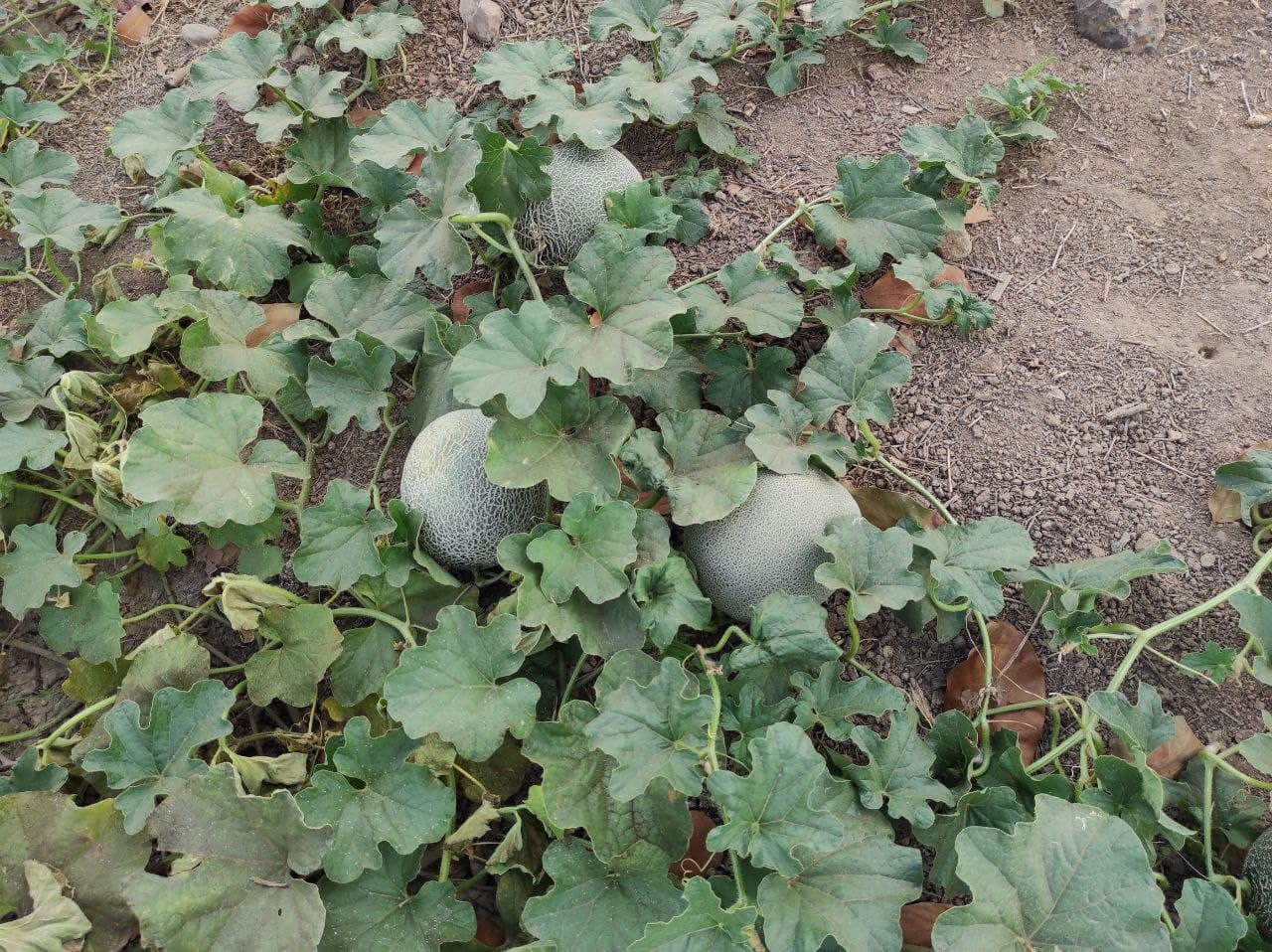
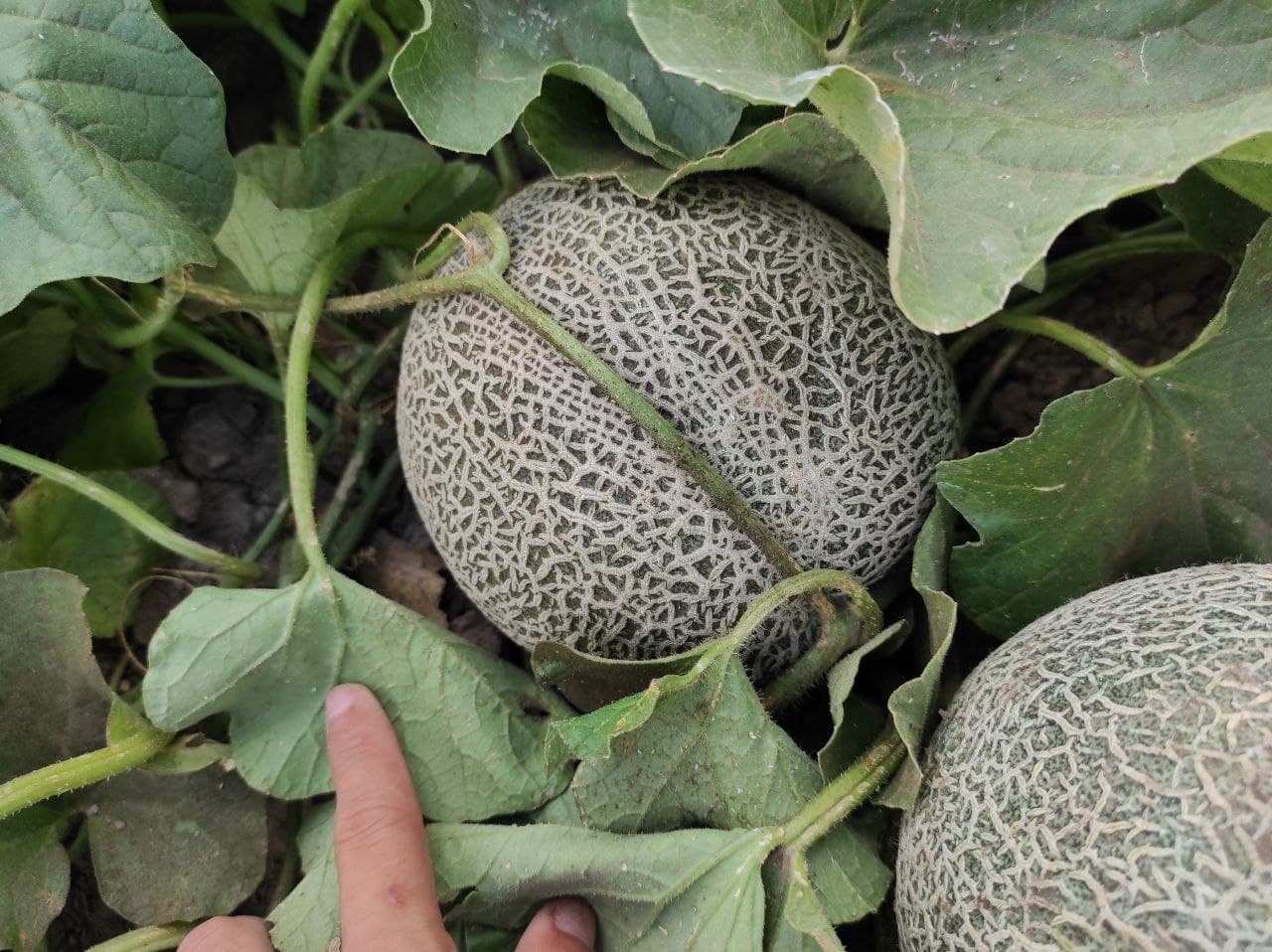
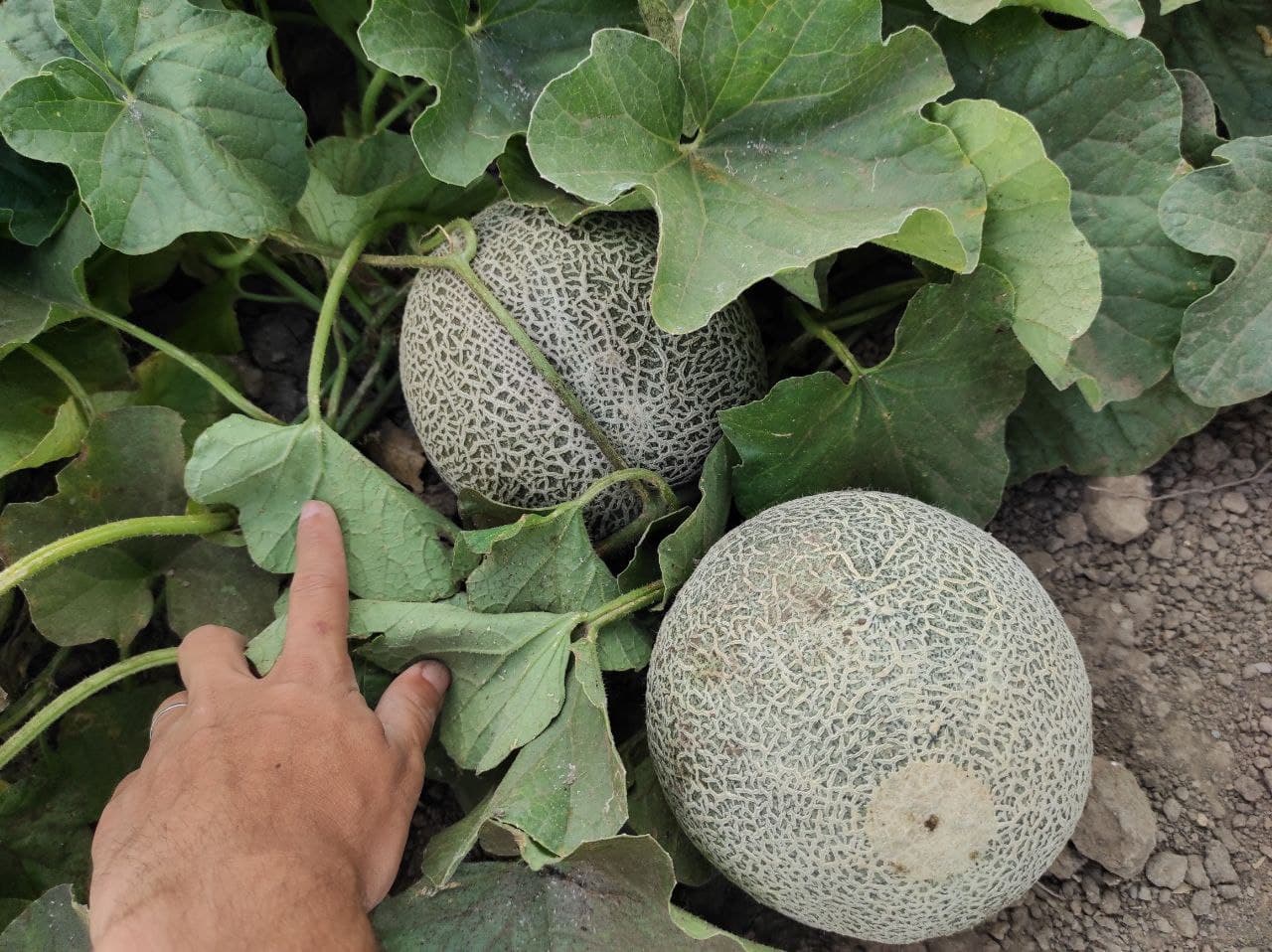
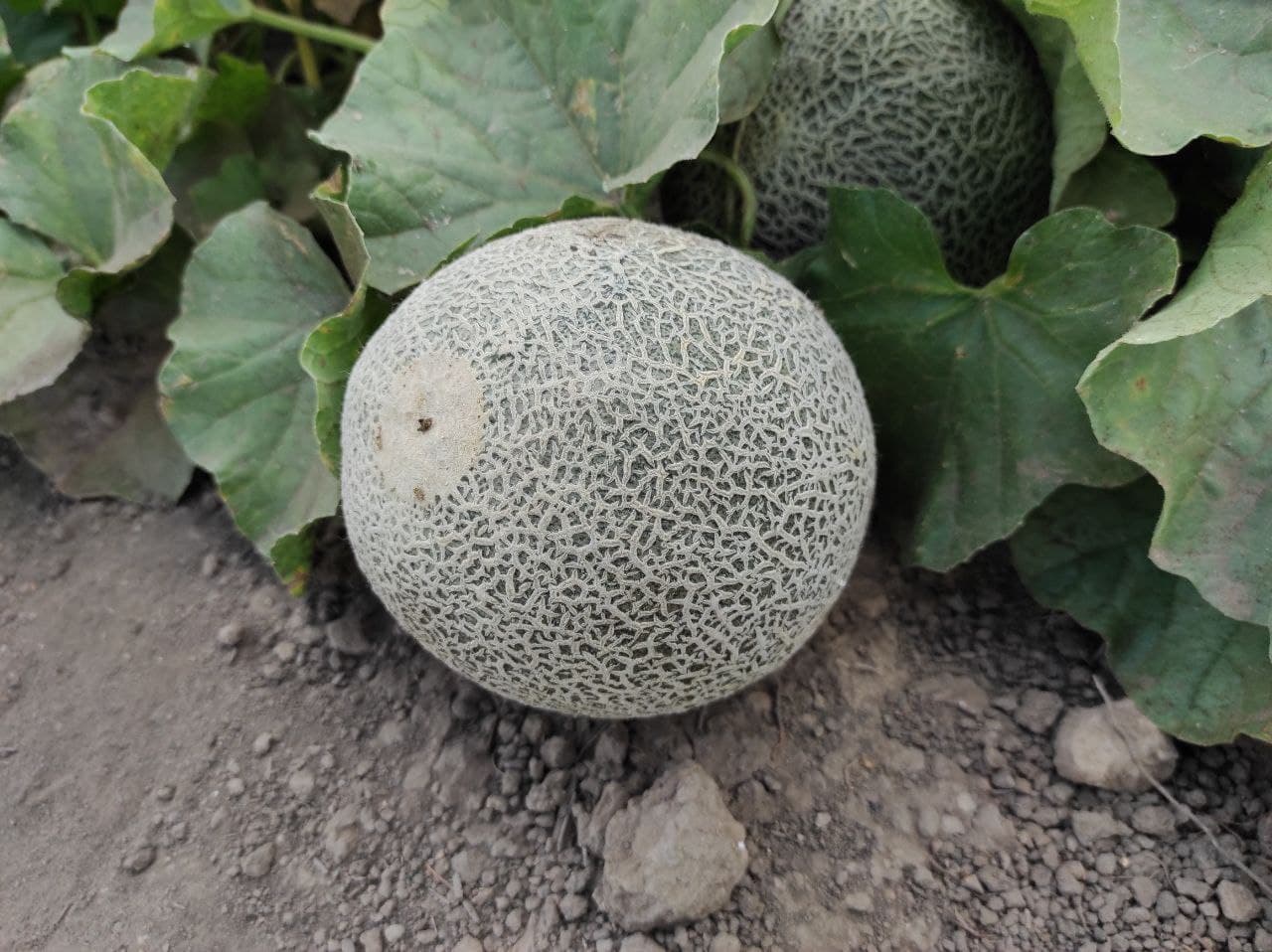
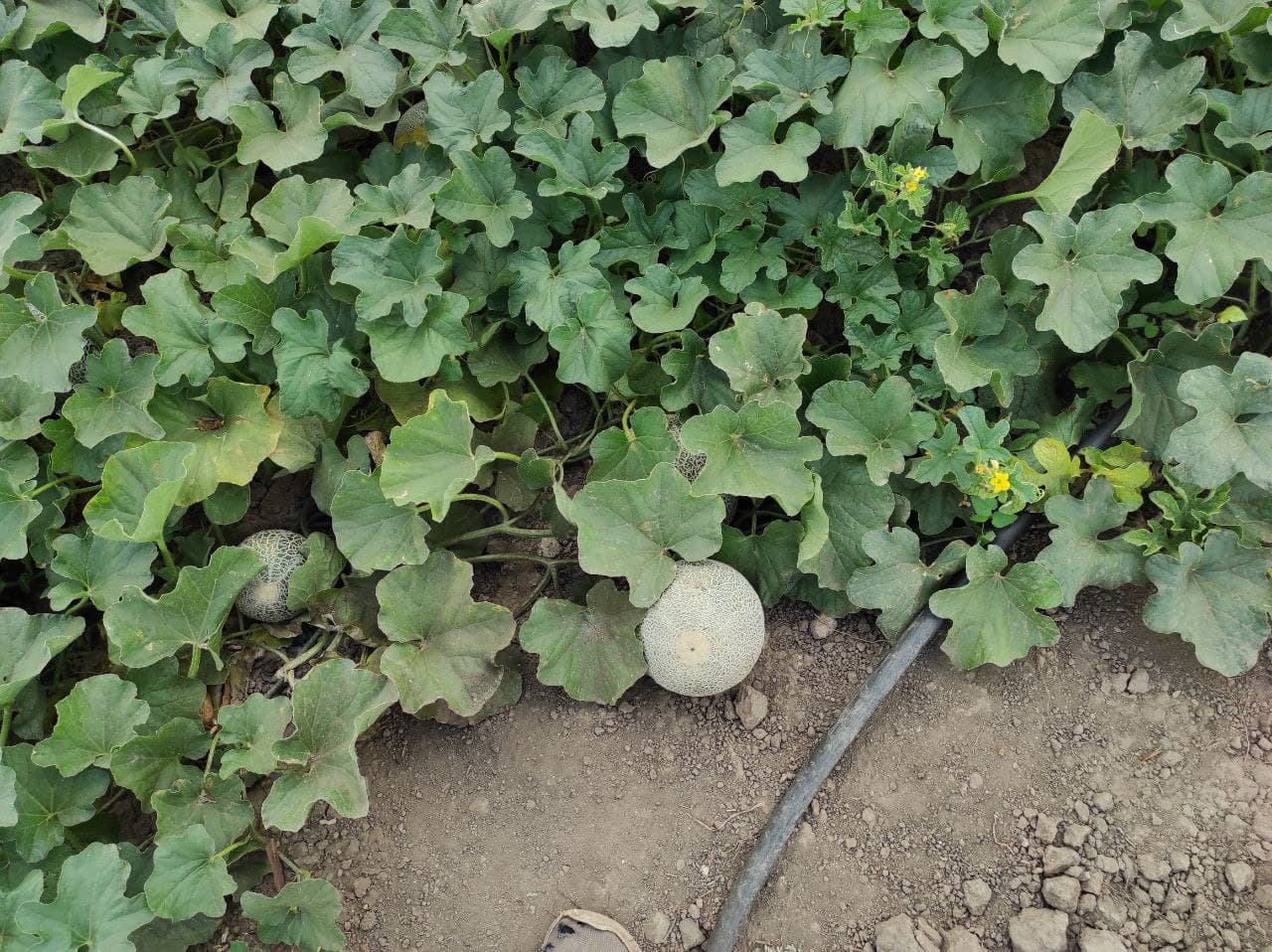
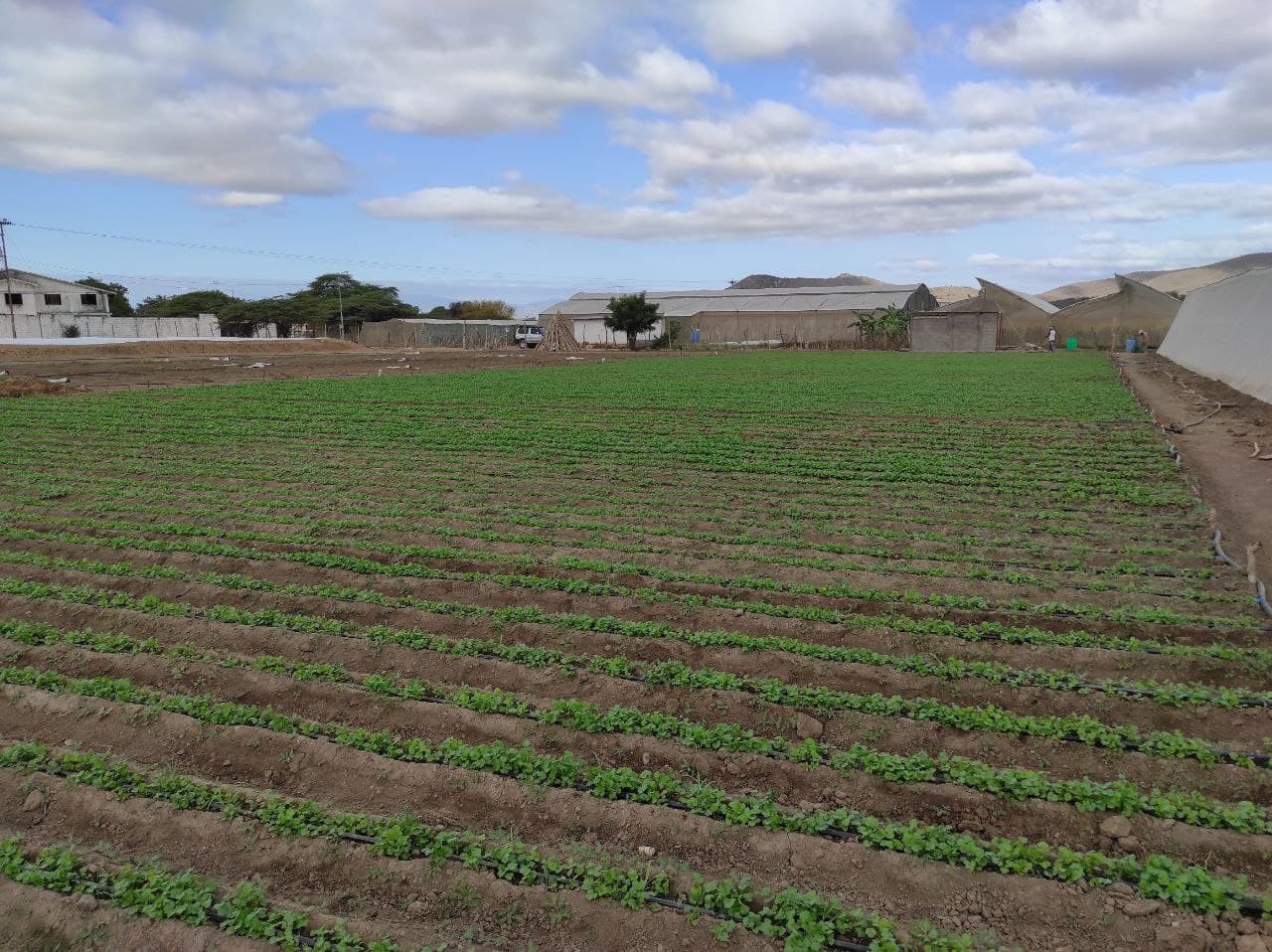
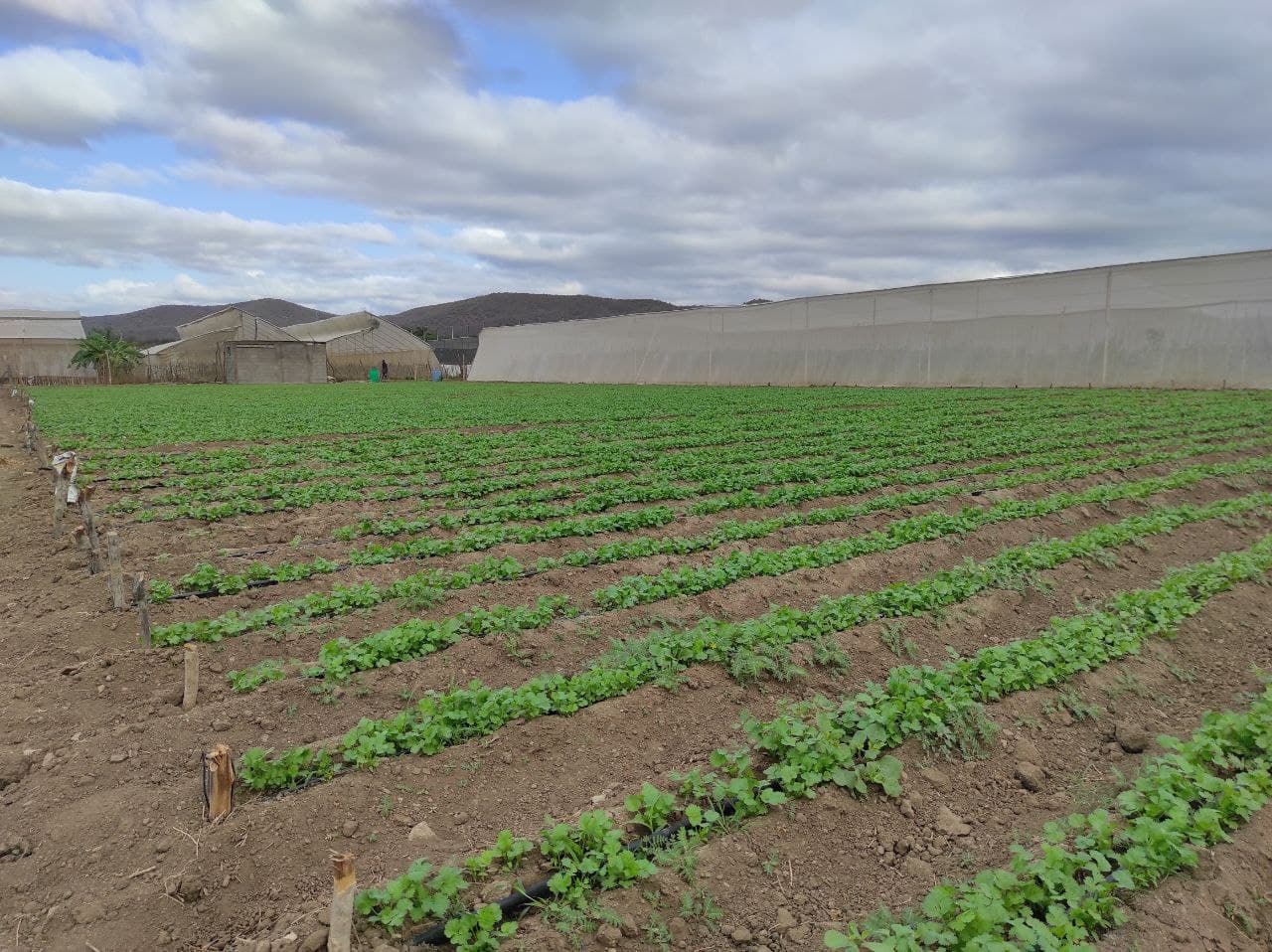
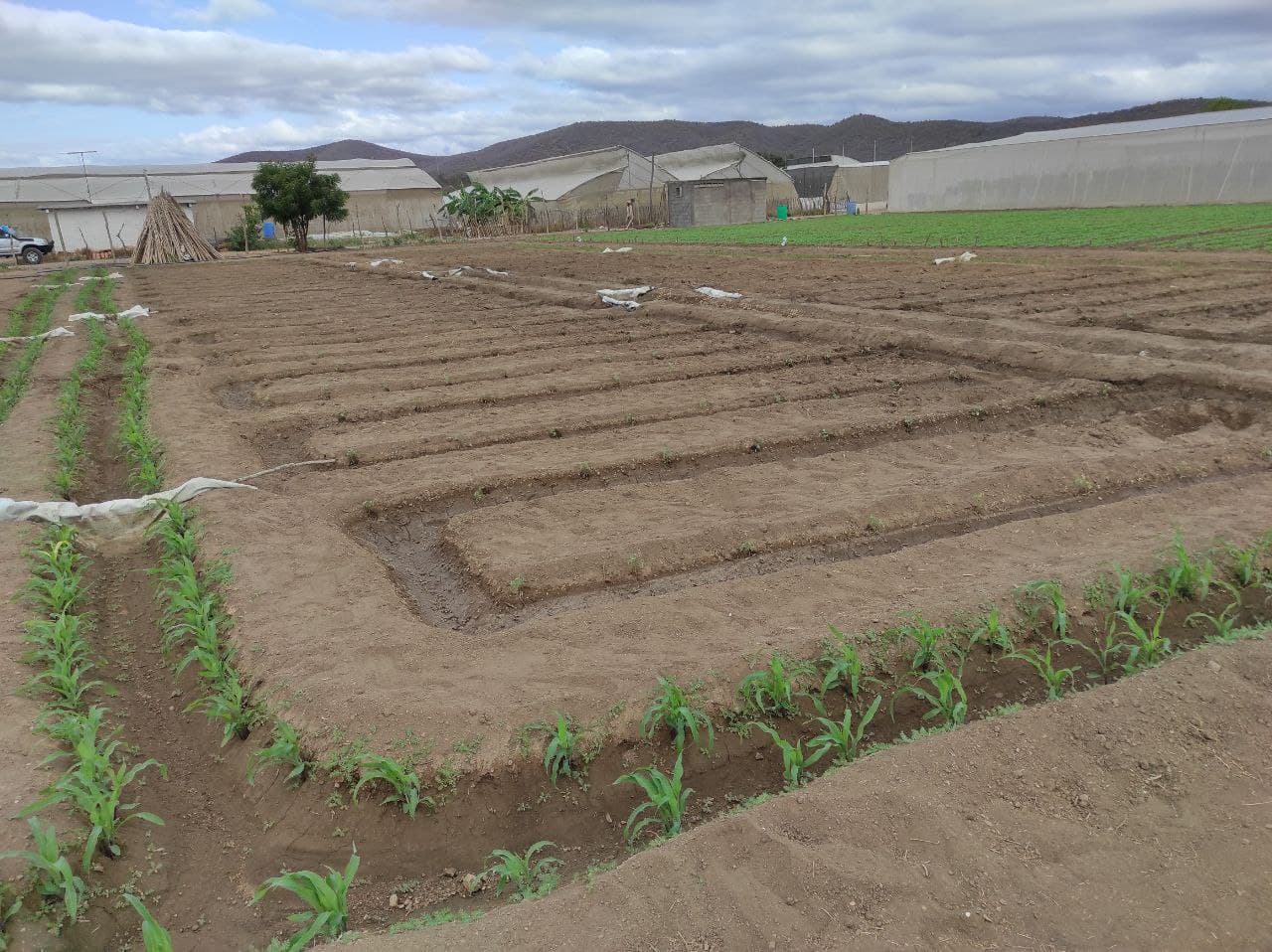
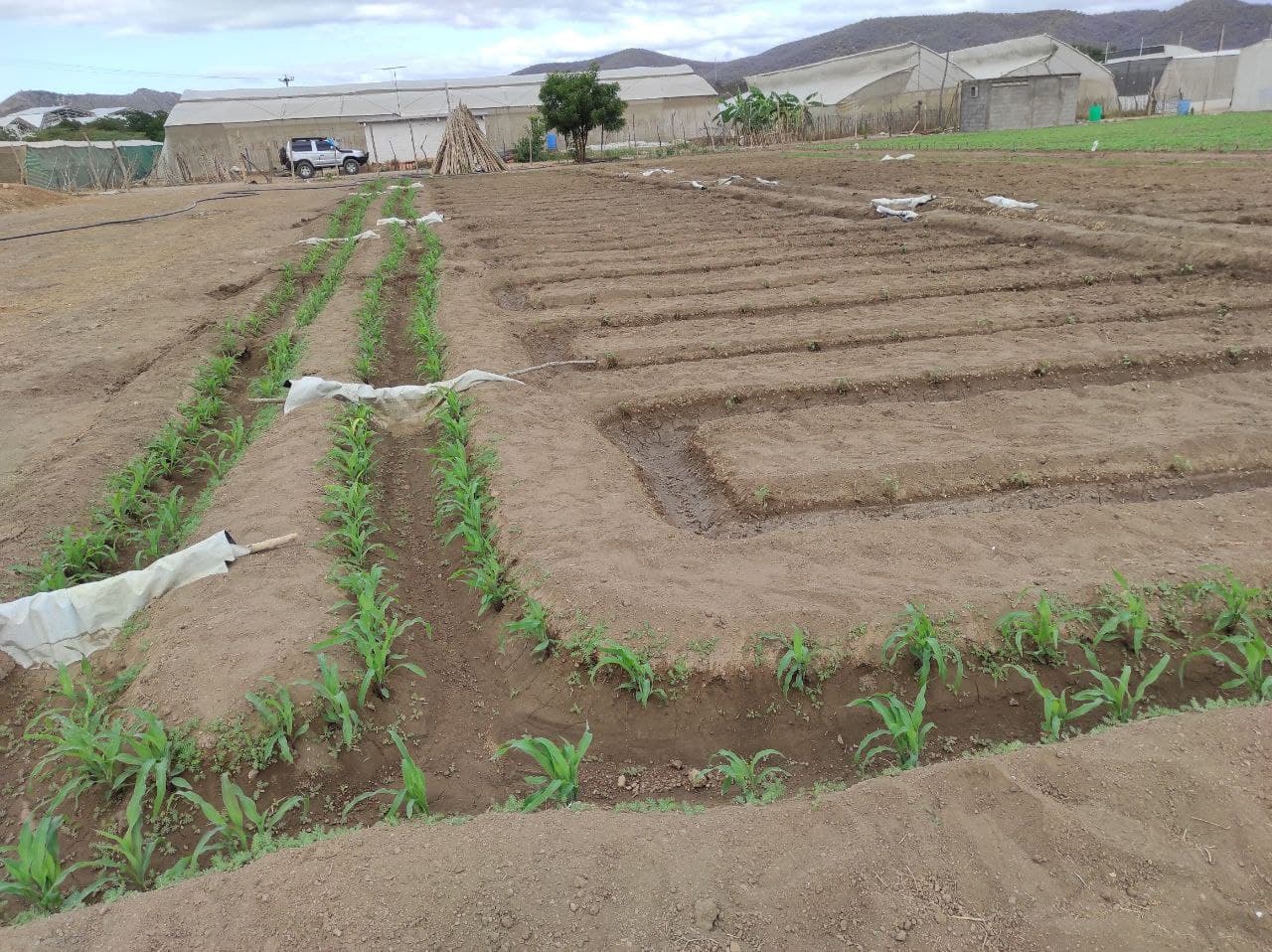
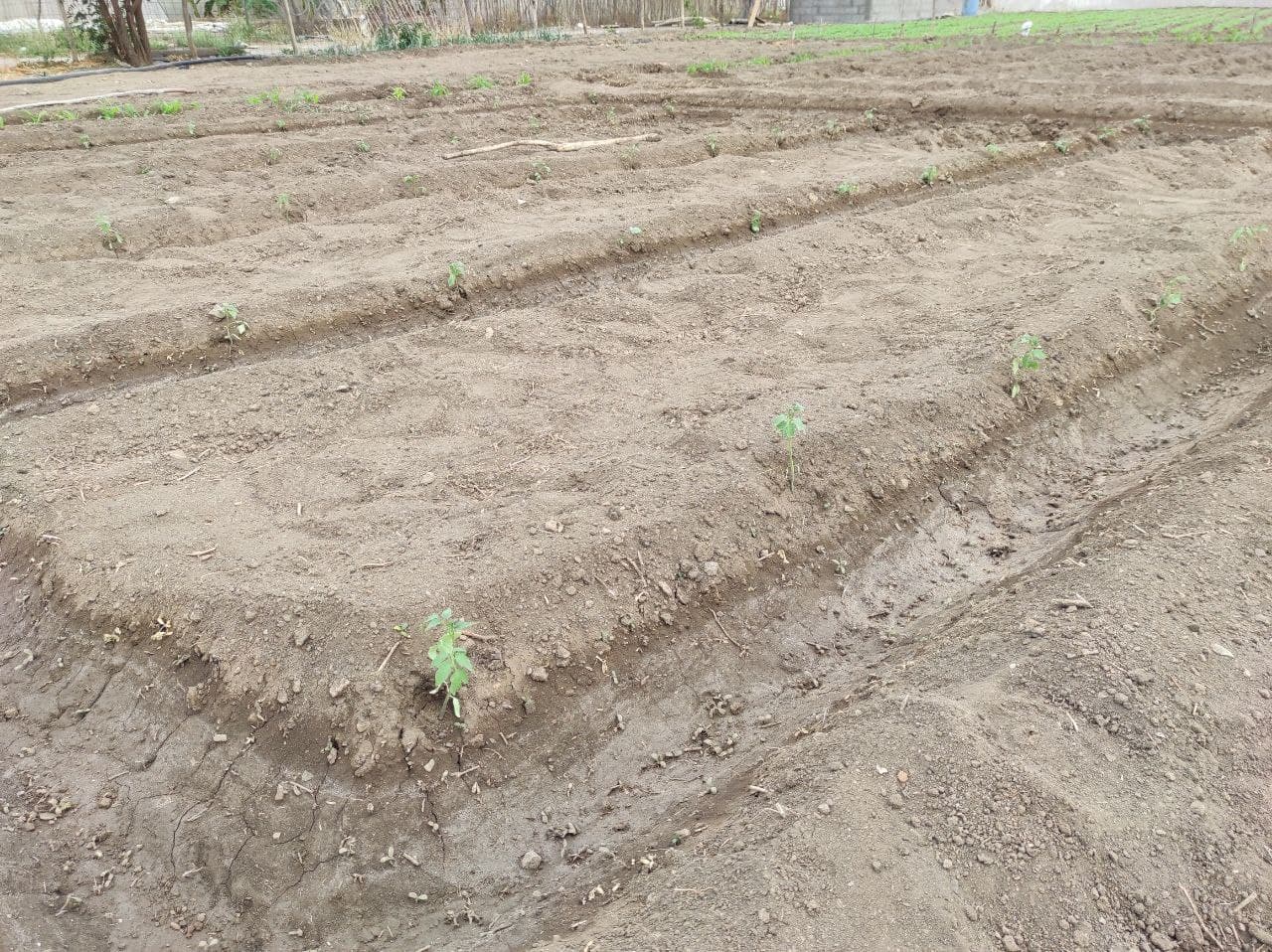
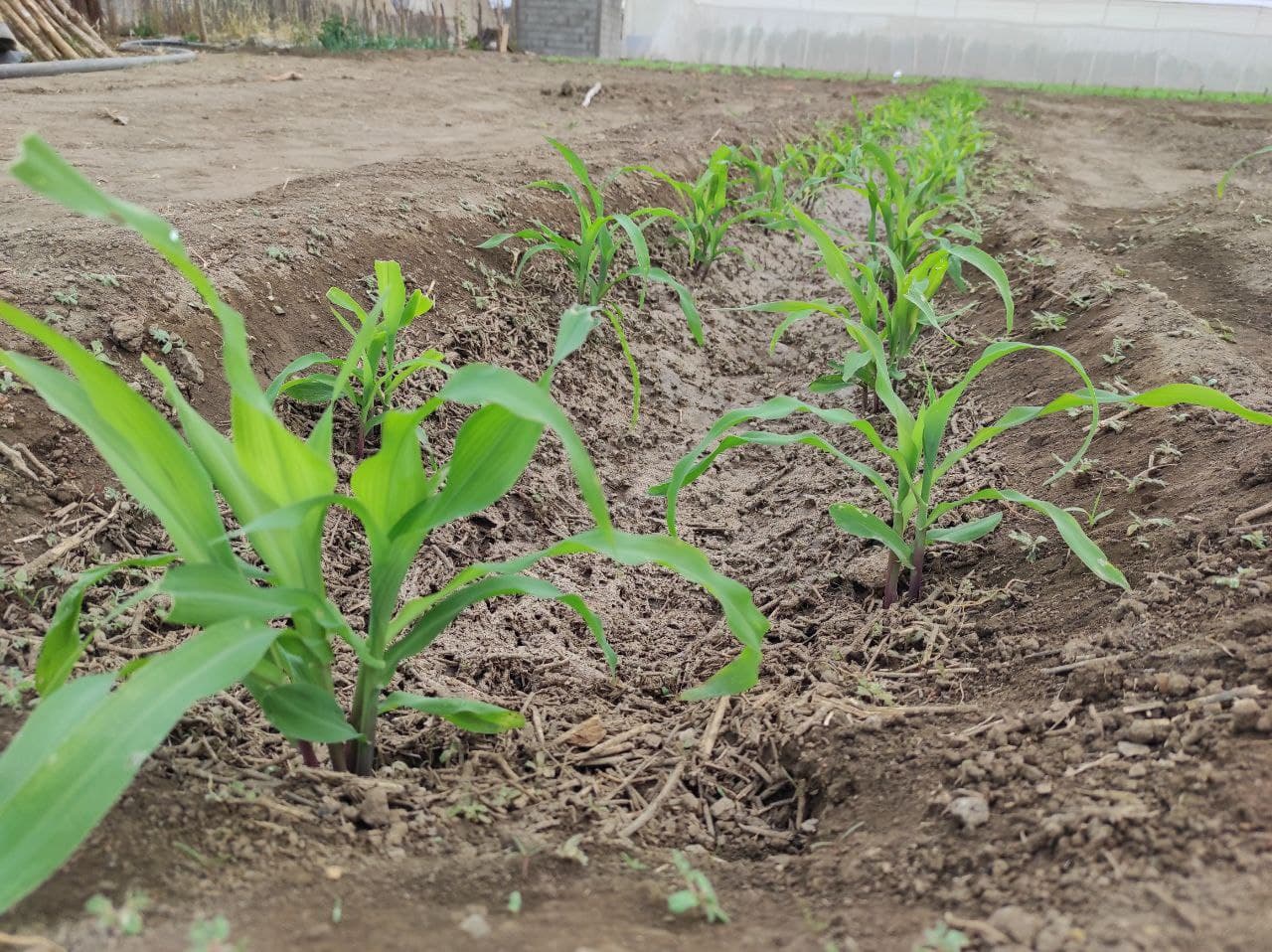
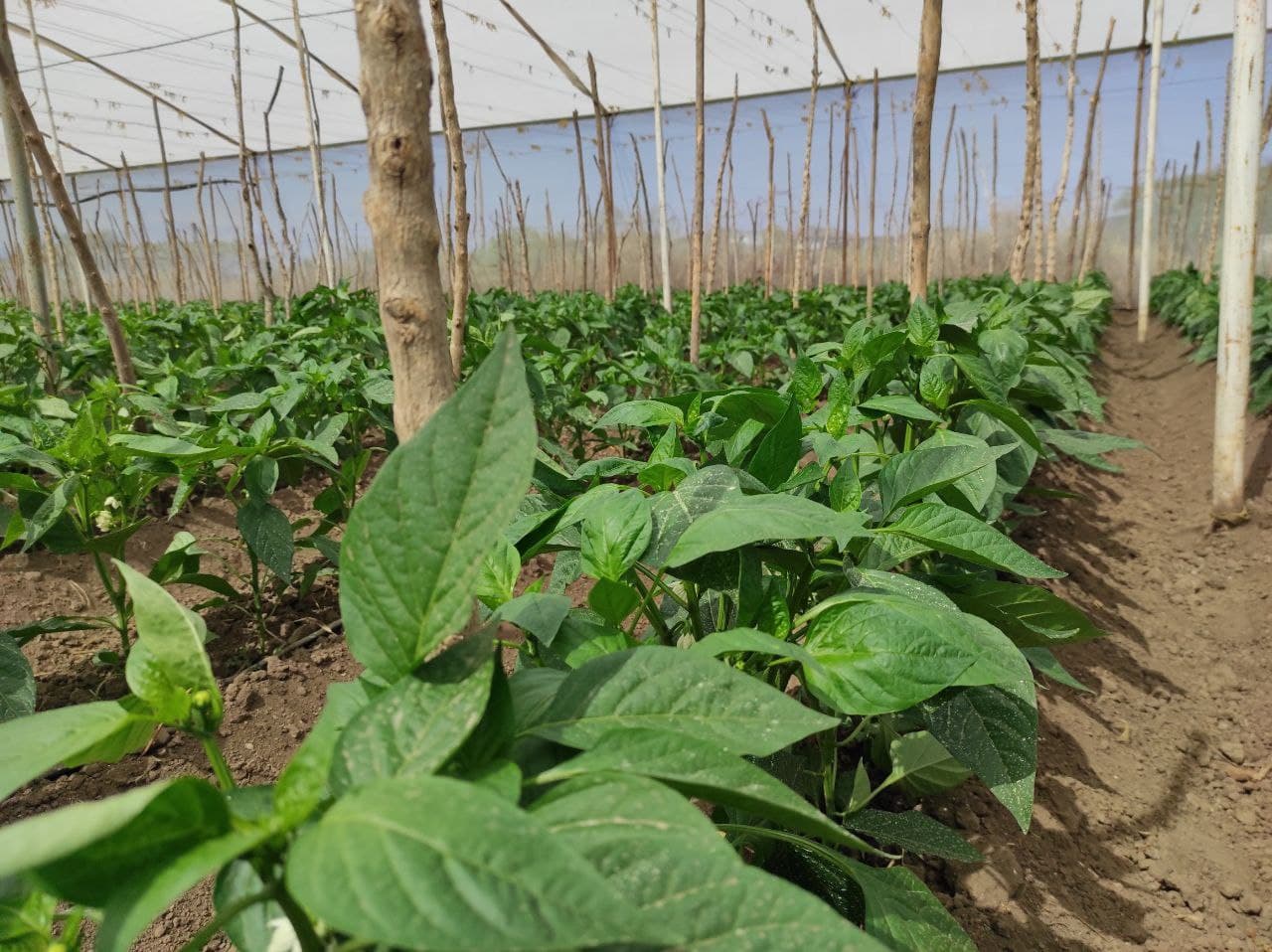
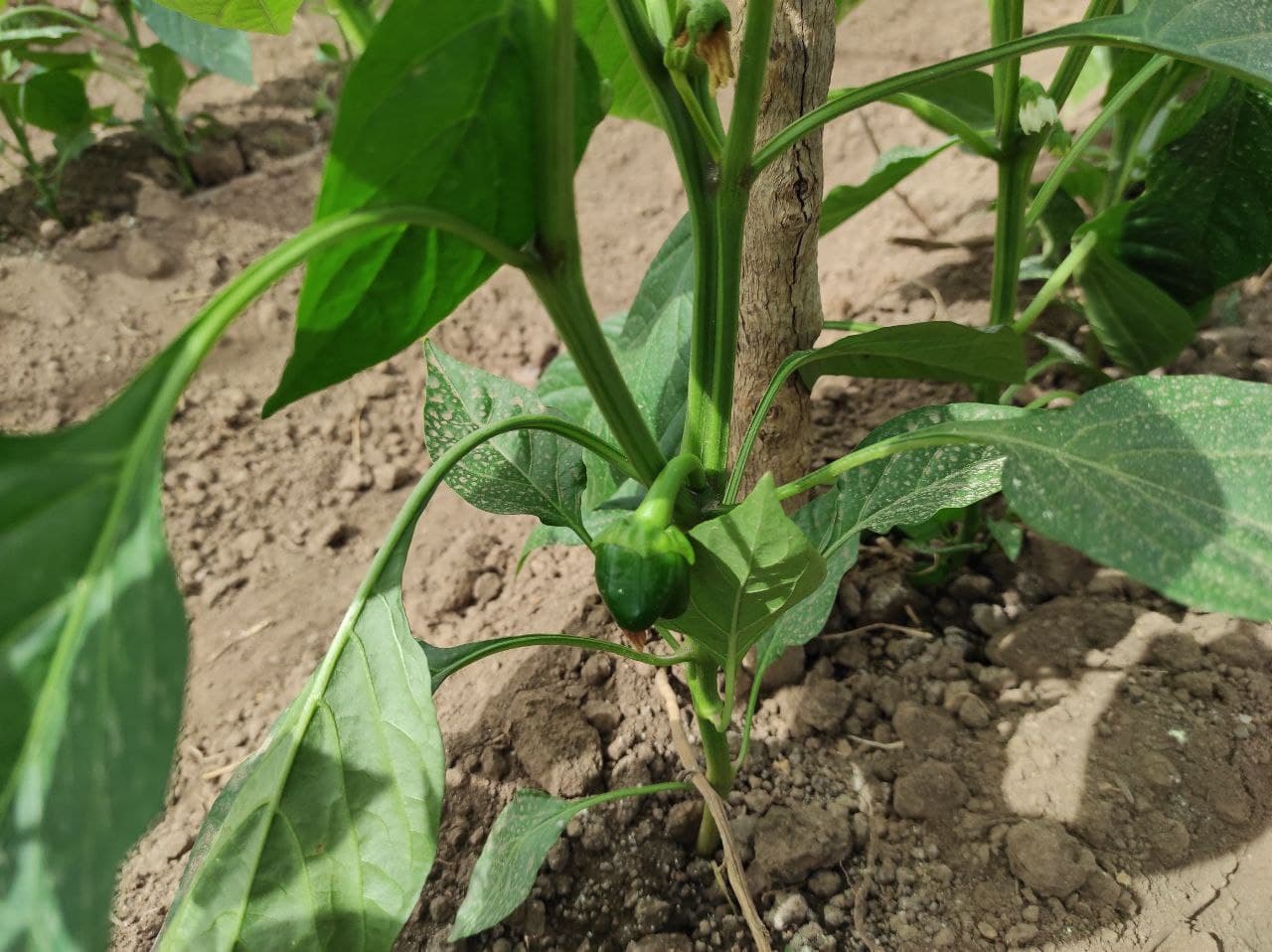
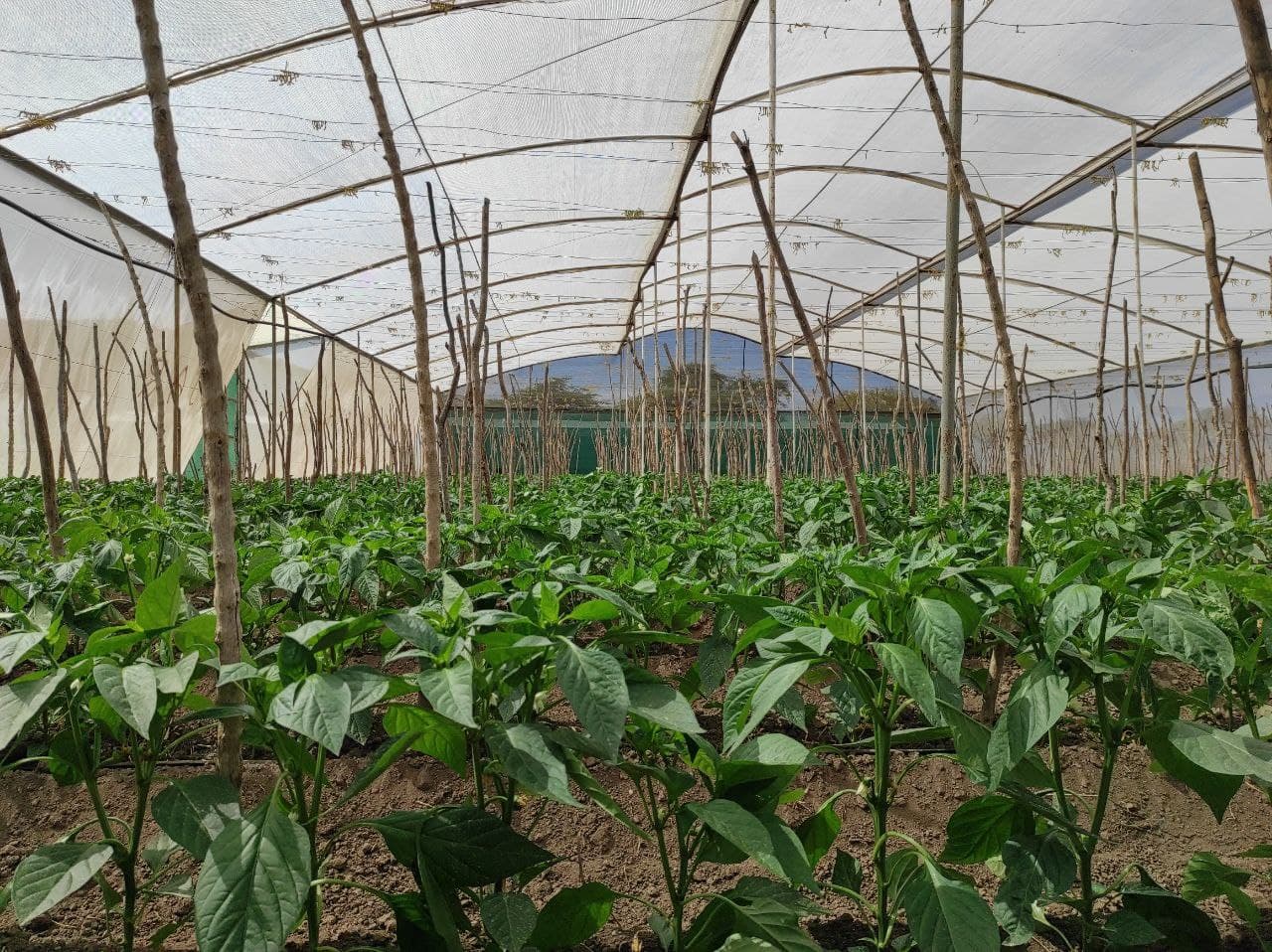

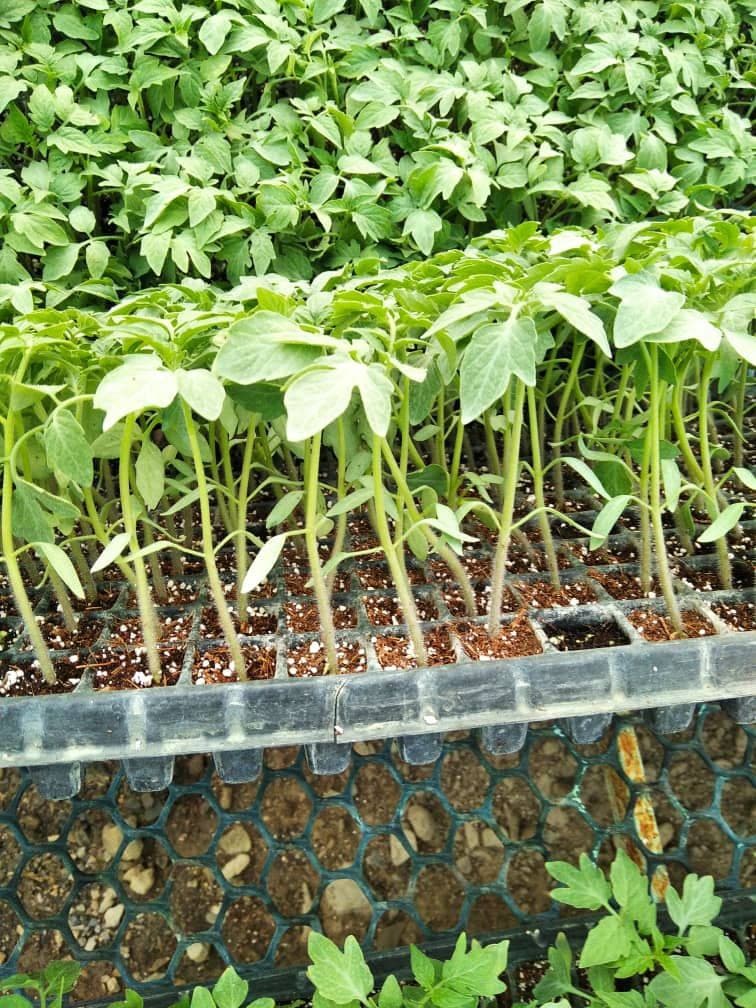
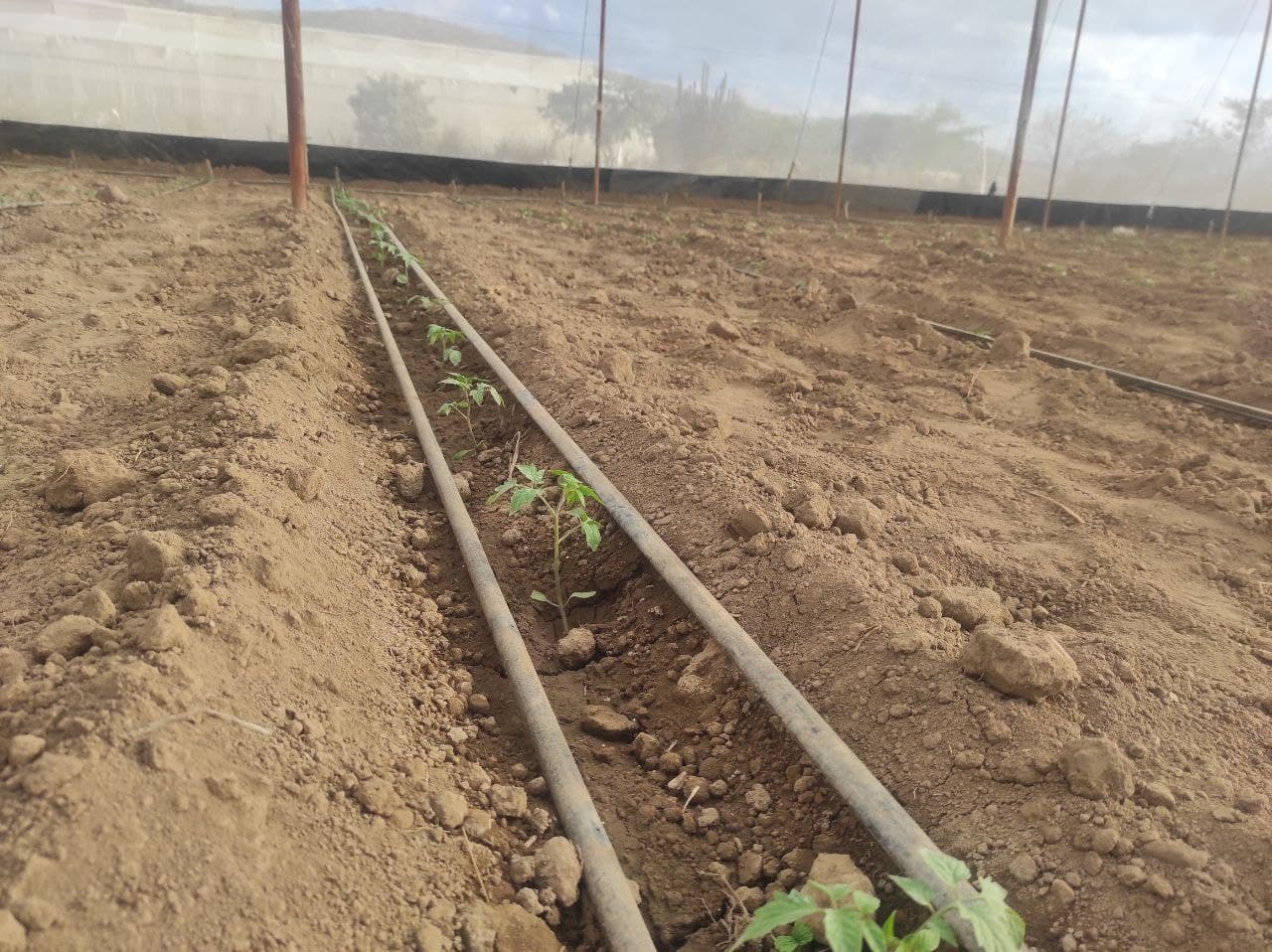
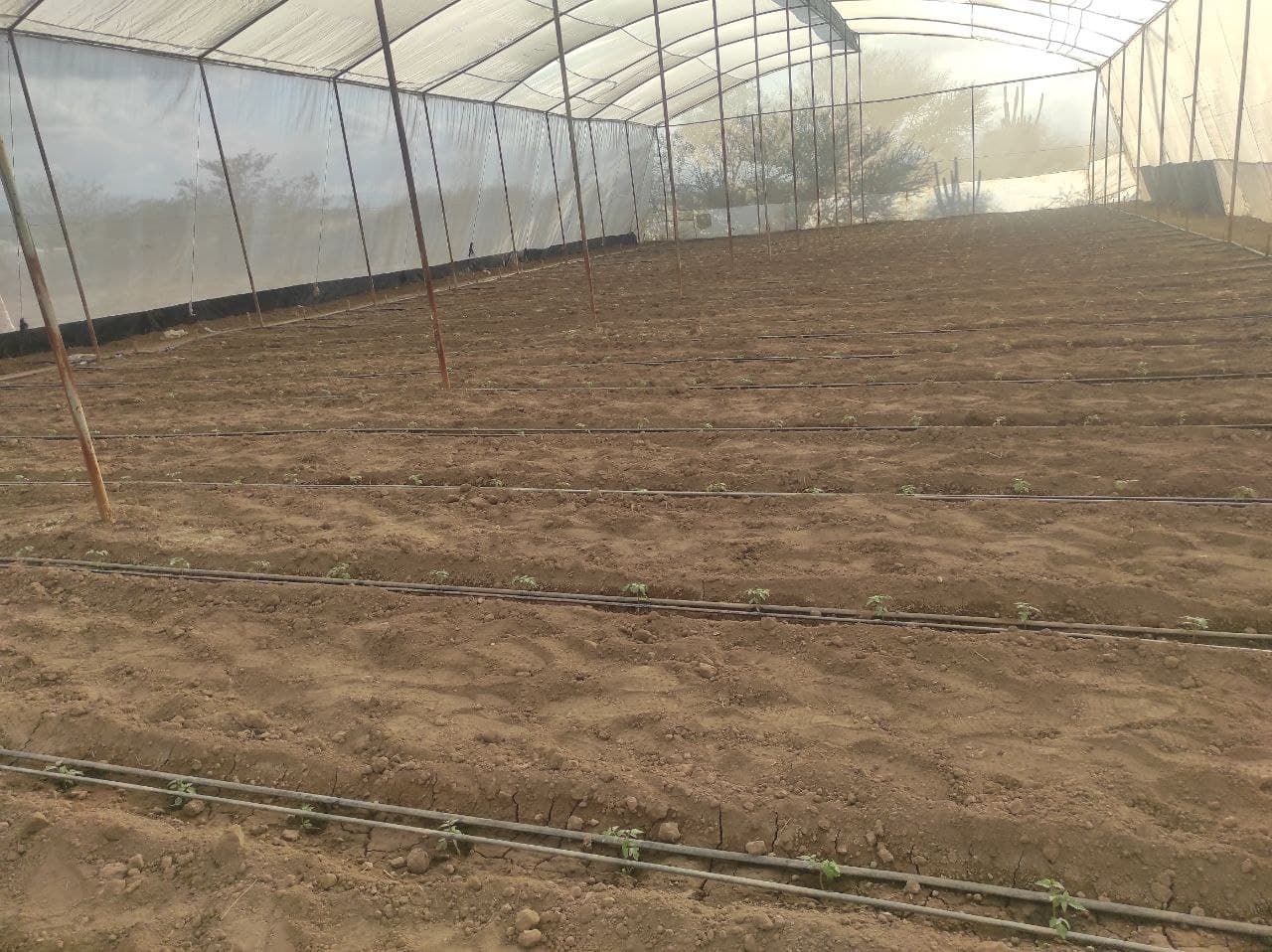
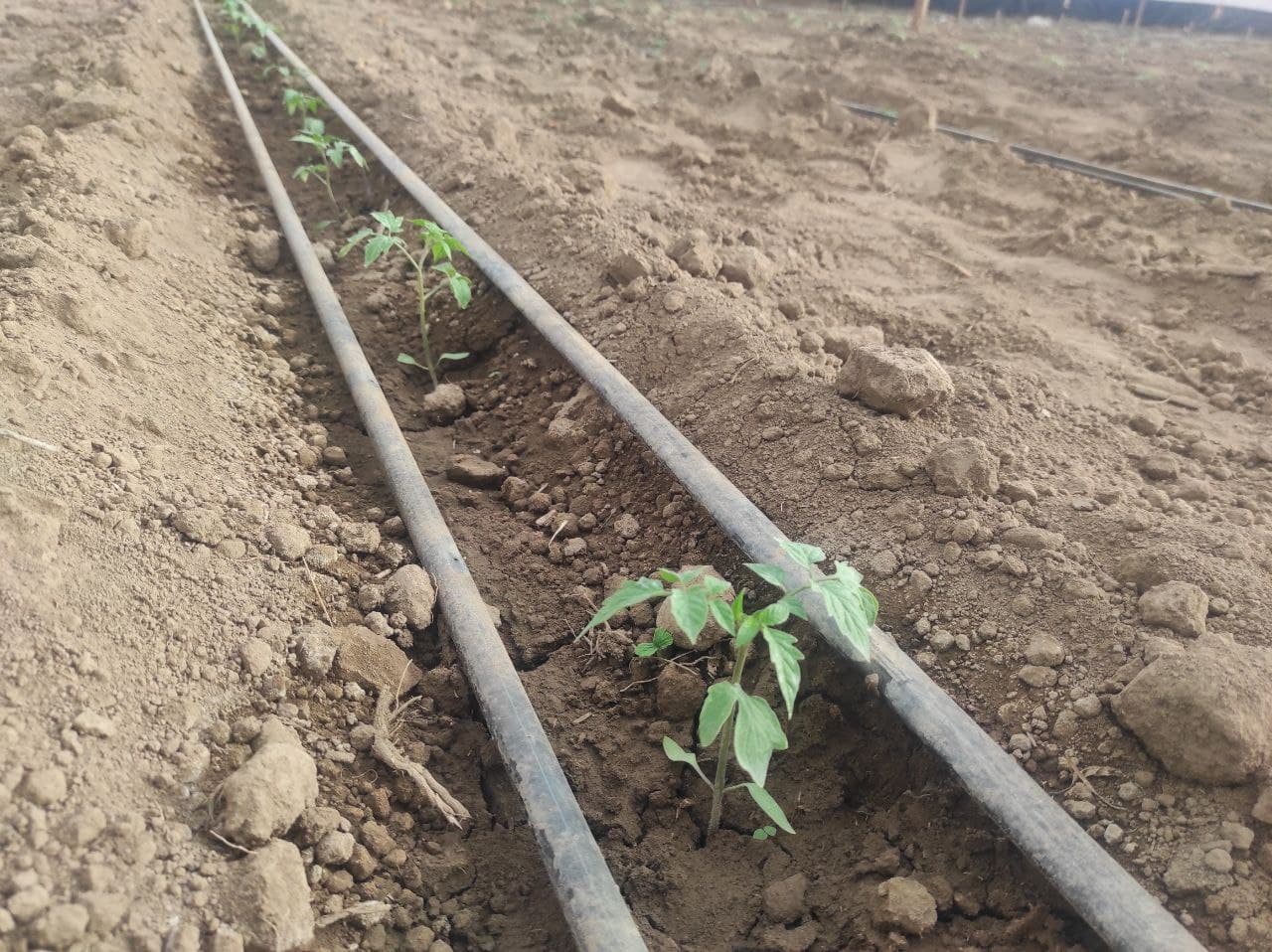
El camino aquí no ha sido nada fácil, vamos creciendo muy lento pero seguro, a pasos pequeños y trabajando a diario.
Irónicamente este mundo me gusto mucho a tal punto de querer estudiar Ing. Agronómica, así que comienzo clases la siguiente semana y estoy muy entusiasmado por eso, quiero tecnificarme mas en este mundo y poder crecer mas.
Quisiera contarles mucho mas sobre este mundo, pero tardaría horas y probablemente todos se aburran, hasta ahora un poco y mas relevante sobre este mundo fue esto.
Nos vemos en la próxima, gracias por su atención.
Nota: Probablemente no estoy seguro si utilice alguna de estas fotos en un anterior post. Sin embargo todas fueron tomadas por mi.
I would like to tell you much more about this world, but it would take hours and probably everyone would get bored, so far a little and more relevant about this world was this.
See you next time, thanks for your attention.
Note: I'm probably not sure if I used any of these photos in a previous post. However they were all taken by me.
¡Felicitaciones! Gran trabajo, sembrar debe ser considerada como la labor más importante de todas, sin campesinos no hay comida.
No sabía que el Valle de Quíbor era el más contaminado del país, ¿hay estudios recientes de su condición? Creo que el DDT fue prohibido hace años pero no estoy segura. ¡Éxitos!
Si el DDT fue prohibido hace muchos años, pero aun hay secuelas de ello, aun hay moleculas en algunos suelos de esa zona.
Y desconozco si hay estudios recientes, se que los suelos aun tienen muchos quimicos y tienen un ph muy elevado.
Pero en aquella época decretaron una emergencia sanitaria en esa zona, hasta la leche de las vacas que venia de allí tenia moléculas de DDT.
https://es.slideshare.net/janye/estudio-del-perfil-de-responsabilidad-social-empresarial-de-los-productores-agrcolas-ante-la-problemtica-de-contaminacin-ambiental-en-el-valle-de-qubor-edo-lara-venezuela
Oye qué terrible eso... Deberían solicitar un nuevo estudio de los suelos a los entes competentes o quizás ahora que estudiarás agronomía tú mismo puedas hacerlo. Muy interesante la info de ese link, ¡saludos!
Gracias por valorar mi post
genial tu trabajo amigo , es una profesión que requiere trabajo pero estar rodeado de la siembra es genial , saludos desde la selva de cemento.
!PIZZA
PIZZA Holders sent $PIZZA tips in this post's comments:
@beluhan19(1/5) tipped @wesp05 (x1)
Please vote for pizza.witness!
Wow, I love the watermelon and the melon, I hope to plant watermelon and melon this coming summer. Also, I wish my bell pepper grows just like yours. Good evening!